River and Sea Water Quality Monitoring
At IoTixLab
Water is the essence of life, covering 71% of our planet and sustaining ecosystems, industries, and communities. But pollution from agriculture, industry, and waste is threatening water quality. At IoTixLab, we use smart IoT technology and a three-tier lab system to monitor water in rivers, seas, and coastal areas, ensuring it stays clean and safe for all.
Our solutions give up-to-date nformation to help protect and preserve water, supporting the health of rivers, seas, and coastal areas. Join us in keeping water safe for future generations to come.
River and Sea Water Quality Monitoring
Our Monitoring System
Level-I Laboratories:
- Parameters Monitored: Temperature, colour, odour, electrical conductivity, total dissolved solids, pH, and dissolved oxygen.
- Purpose: Basic field-level monitoring for key water quality indicators.
Level-II Laboratories
- Parameters Monitored: 25 physico-chemical and bacteriological characteristics, including biochemical oxygen demand (BOD), chemical oxygen demand (COD), and coliform
- Purpose: Comprehensive testing for a wide range of physical, chemical, and microbial factors affecting water quality.
Level-III/II+ Laboratories:
- Parameters Monitored: 41 advanced parameters, including heavy metals, toxic substances, pesticides, and total organic carbon.
- Purpose: In-depth analysis of more complex water quality issues and pollutants.
Station Classification & Monitoring Frequency
To ensure precise and ongoing water quality monitoring, we classify our stations into three categories based on sampling frequency, each designed to provide crucial insights into water conditions:
Base Stations:
- Sampling Frequency: Every two months (6 samples annually).
- Purpose: To establish baseline data for regular water quality monitoring and early detection of changes.
Trend Stations
- Sampling Frequency: Monthly.
- Purpose: To capture trends and identify gradual shifts in water quality, enabling long-term analysis and reporting.
Flux Stations
- Sampling Frequency: Three times per month, with monthly analysis of toxic and trace metals.
- Purpose: For high-resolution monitoring, focusing on short-term fluctuations, pollution levels, and specific contaminants.
Station Classification & Monitoring Frequency
- Level I: Temperature, colour, odor, electrical conductivity, total dissolved solids, pH, dissolved
- Level II: Includes Level I parameters plus BOD, COD, sodium, calcium, magnesium, potassium, iron, boron, carbonate, bicarbonate, fluoride, chloride, sulfate, nitrate, nitrite, silicate, phosphate, total plate count, and various coliforms.
- Level II+III: Includes Level II parameters plus total Kjeldahl nitrogen, cyanide, ammonia nitrogen, pesticides, total organic carbon, and toxic elements like arsenic, cadmium, mercury, chromium, lead, and zinc.
Understanding River and Sea Water Pollution
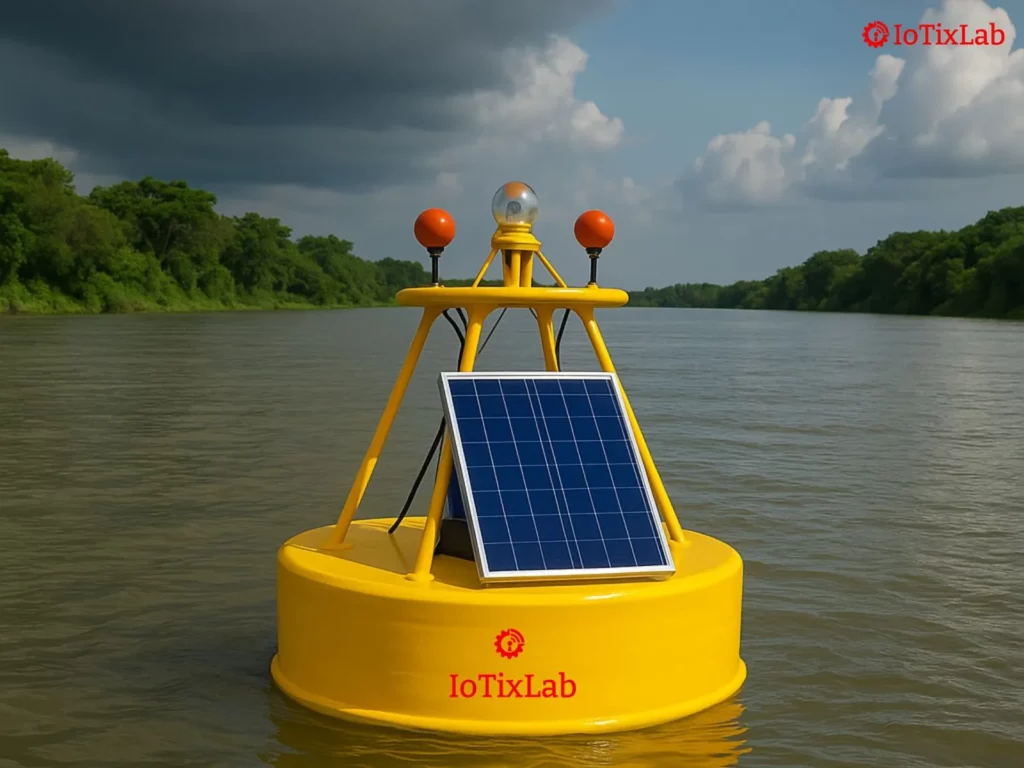
Rivers and seas are essential for biodiversity, industry, and human livelihoods, yet they face considerable pollution challenges. Key sources of water pollution include:
- Fertilizers and pesticides from farms wash into rivers and seas, leading to high levels of harmful nutrients, which can cause algae blooms and reduce oxygen levels in the
- Factories sometimes release harmful chemicals like heavy metals or toxins into water, which can damage marine life.
- Wastewater from cities and ports adds pollutants to water, raises temperatures, and lowers oxygen levels, making it harder for marine life to survive.
- Dumping trash directly into rivers adds both physical and chemical.
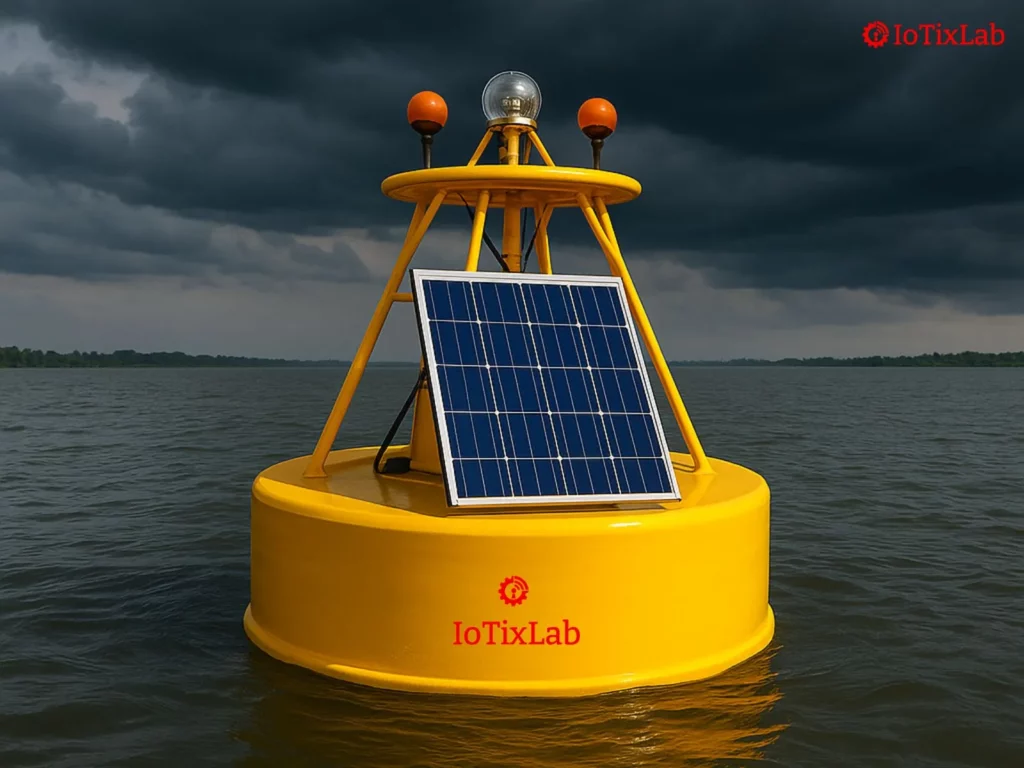
Water quality is also affected by several natural and environmental factors:
- Factors such as weather, organic matter decomposition, and the natural breakdown of rocks can impact water quality.
- Climate, water movement, and the landscape can change how much of certain substances are in the water.
- The way minerals dissolve and react in water affects the presence of different
- Plants, bacteria, and other organisms play a role in shaping water
At IoTixLab
The Importance of Water Quality Monitoring
Monitoring water quality is essential for safeguarding health, supporting industries, and protecting ecosystems:
- Ensures safe drinking water and protects communities from waterborne diseases.
- Protects aquatic ecosystems, maintaining biodiversity.
- Supports industries like fishing and aquaculture by maintaining water quality.
- Safeguards the livelihoods of coastal communities dependent on clean water.
- Meets national and international water quality standards, such as those set by the European Green Deal and the U.S. EPA.
- Provides real-time data for quick response during pollution events, like oil spills or runoff from floods.
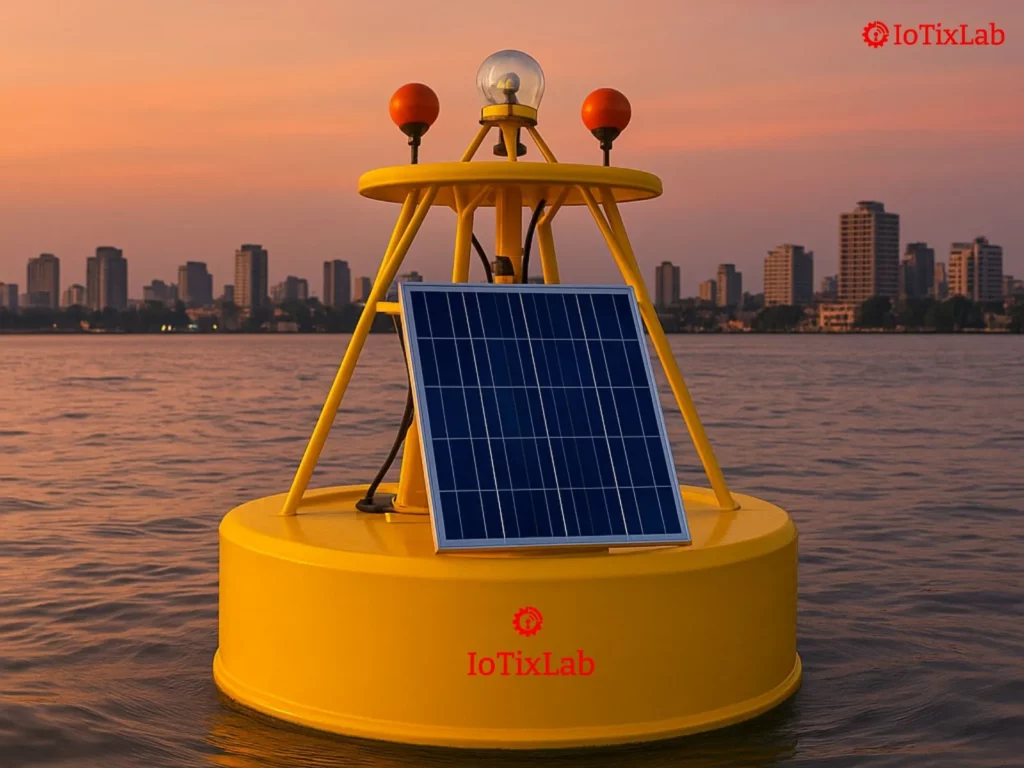
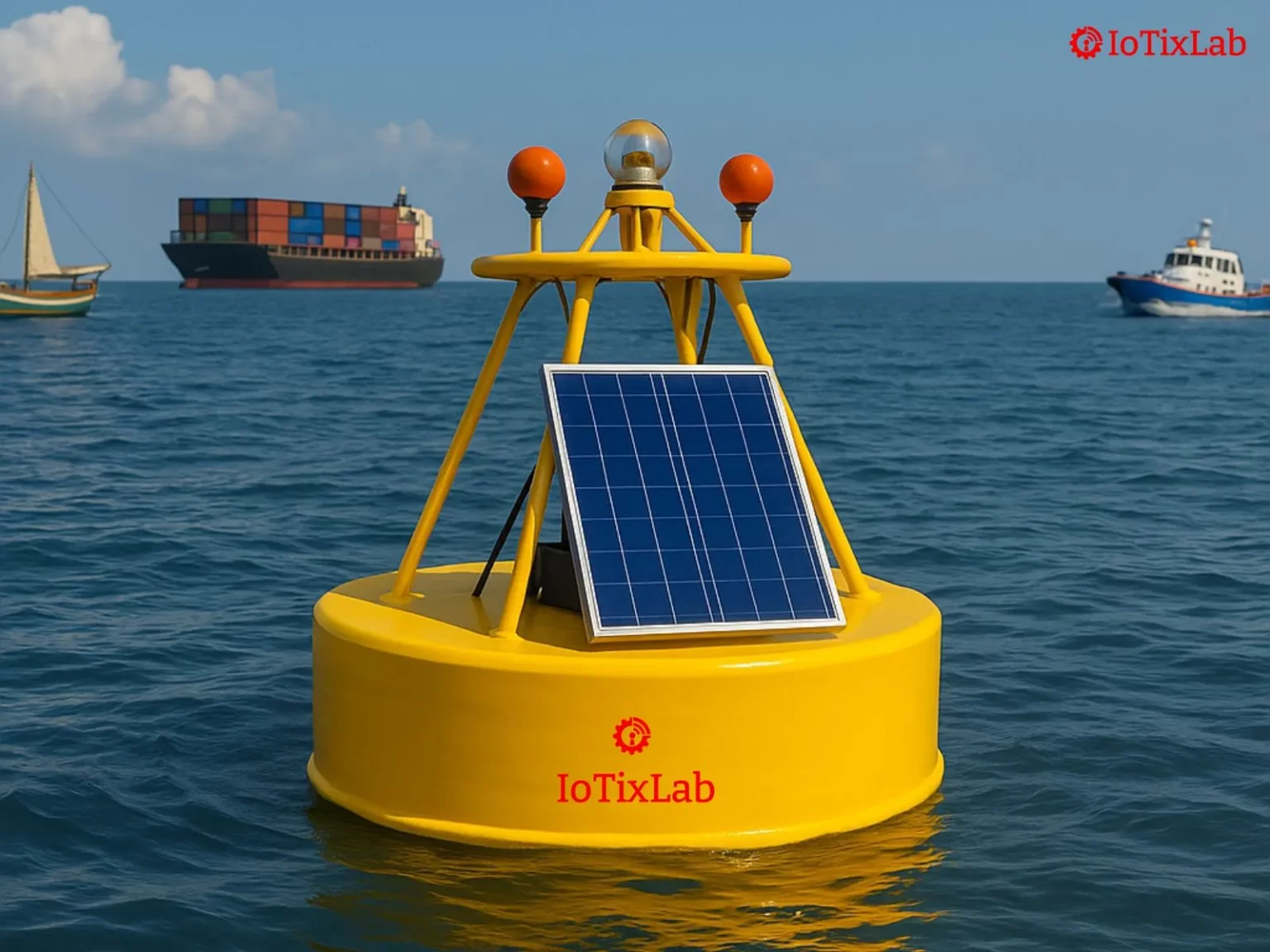
IoTixLab’s Water Quality Monitoring
- Multi-tiered laboratory systems for thorough analysis of various water quality parameters
- Real-time data provided by advanced IoT solutions for proactive water management
- Long-term data collection to identify pollution trends and support effective environmental strategies
- Ensures compliance with strict water quality standards and environmental policies
- Timely data for quick response during pollution events, minimizing environmental and health impacts
Environmental Monitoring Now at Your Fingertips
Make water quality monitoring simple and effective with IoTixLab’s smart solutions. Our technology and lab network help you protect water resources efficiently.
Get In Touch Today!
Expert Consultation for River and Sea Water Quality Monitoring System
Contact us today to learn more about our River and Sea Water Quality Monitoring services and how we can help safeguard our water environments.

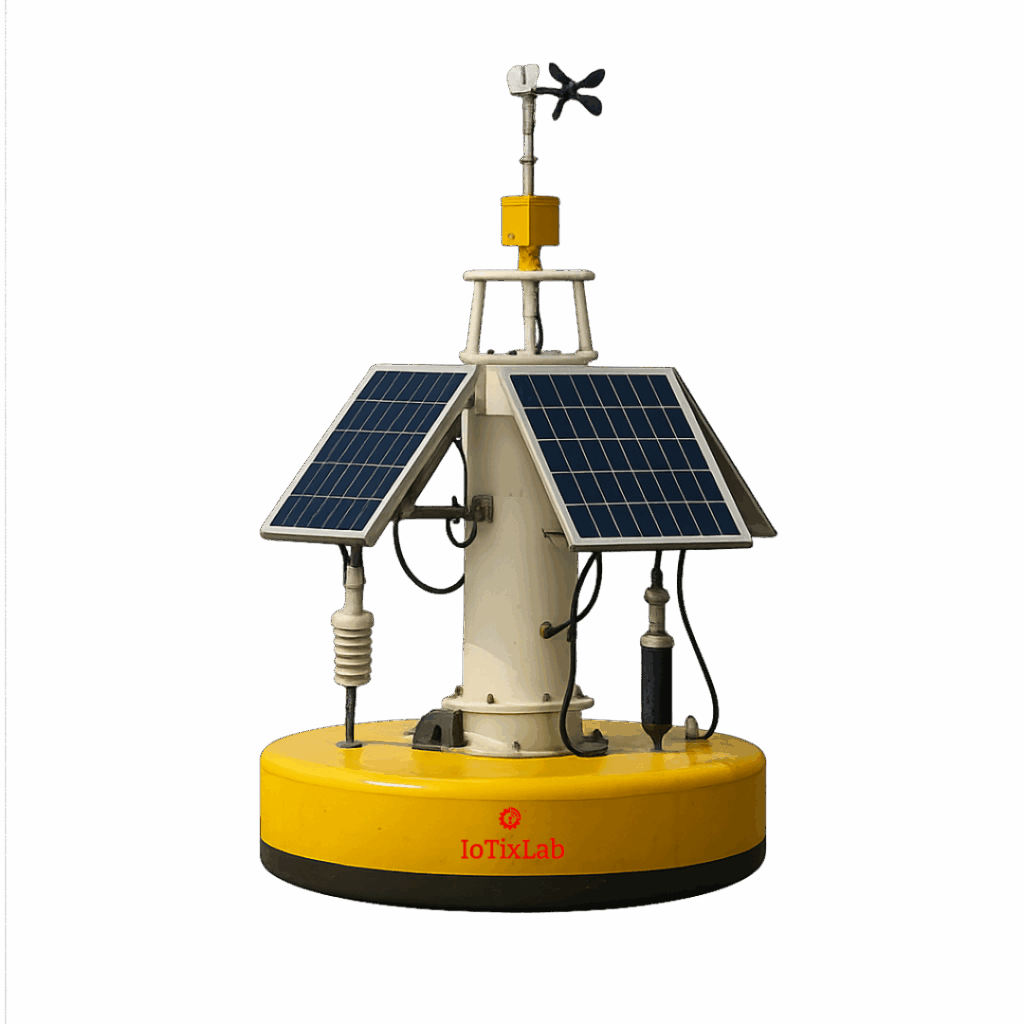
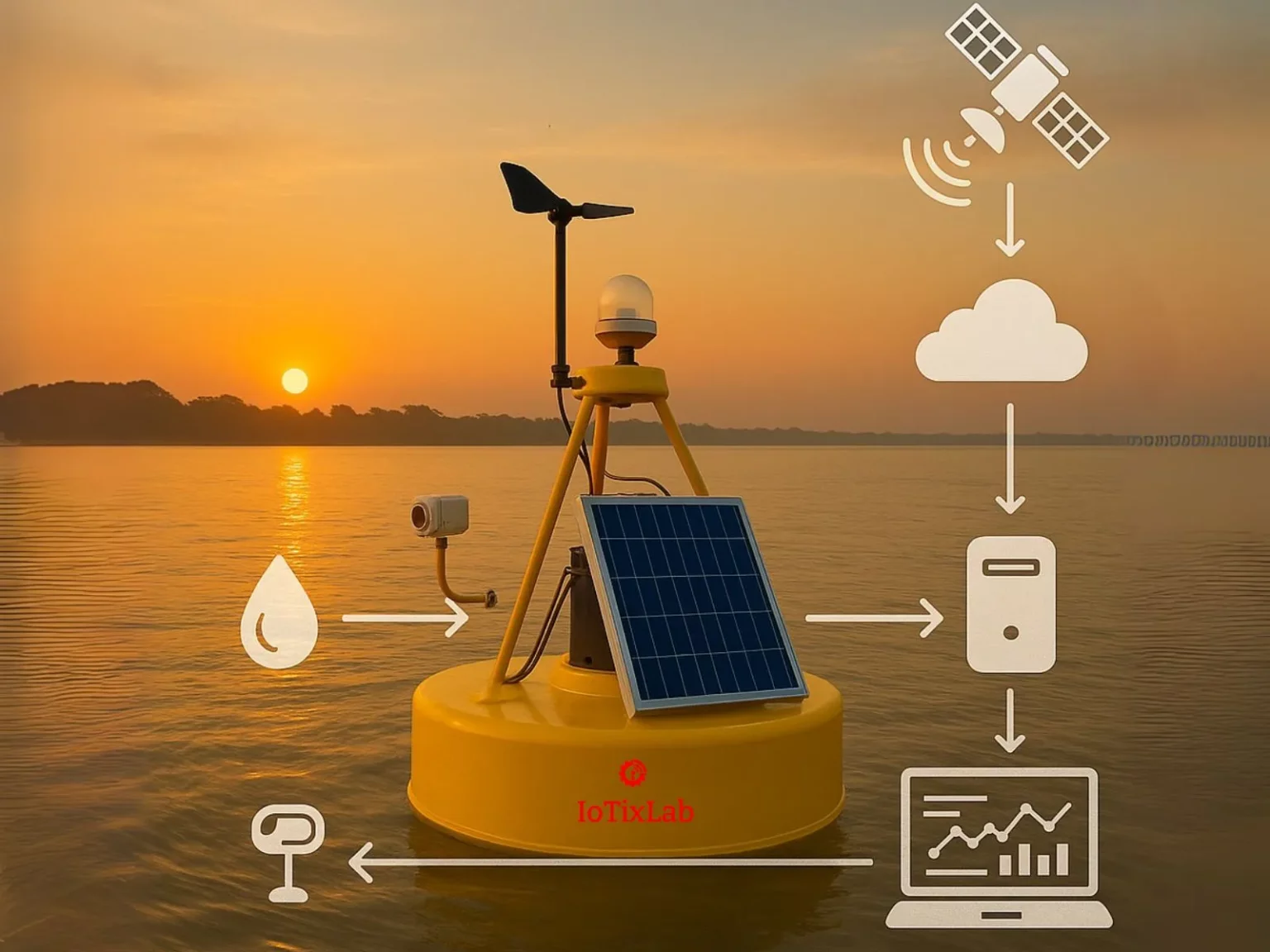
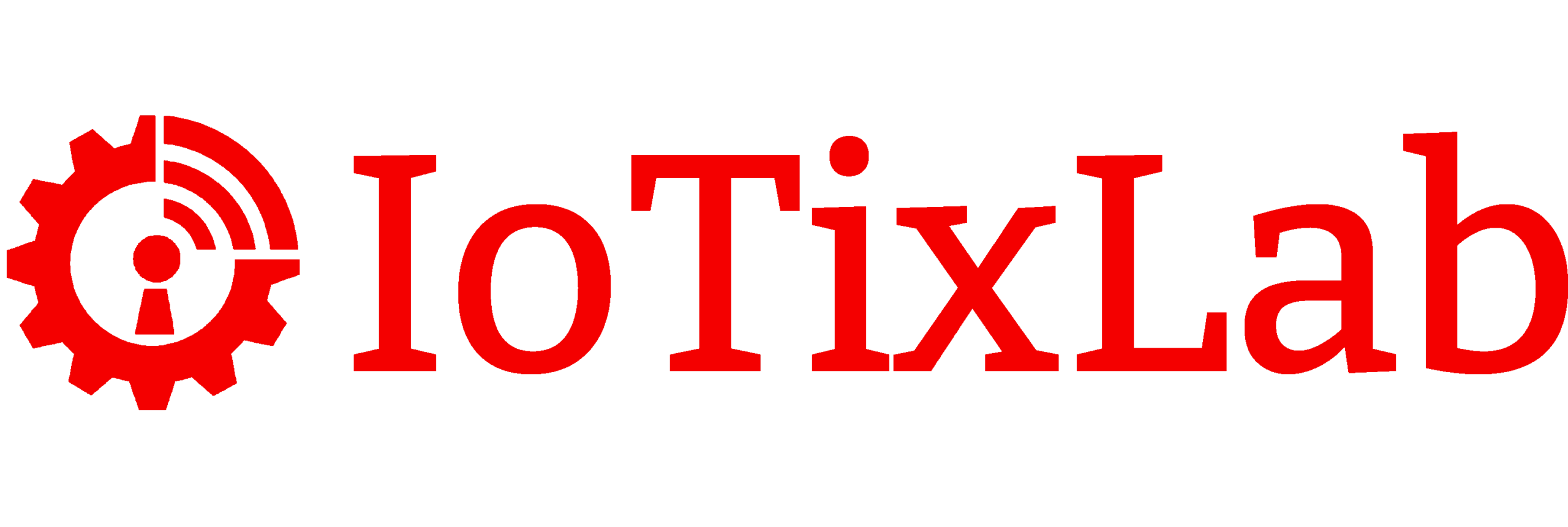
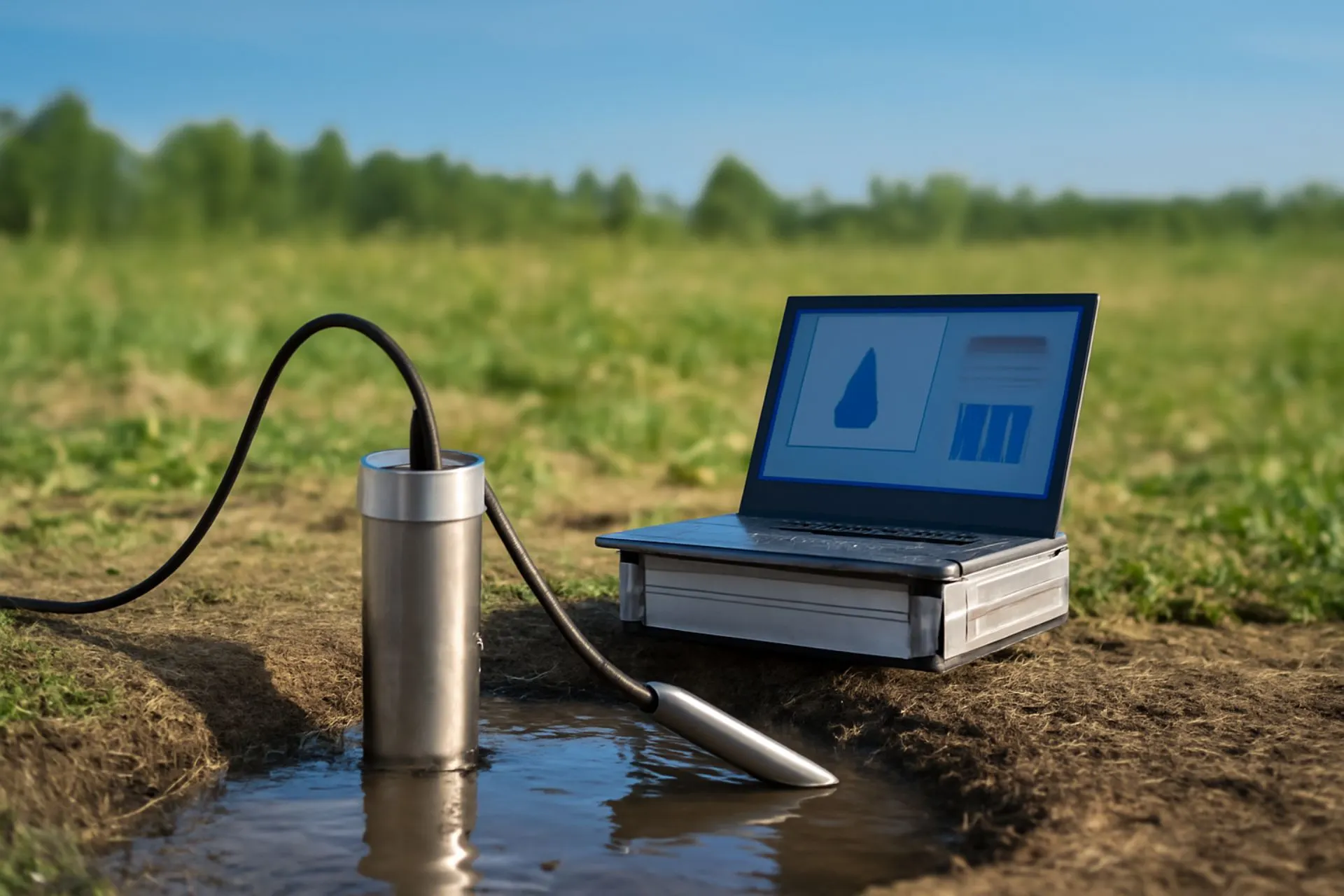
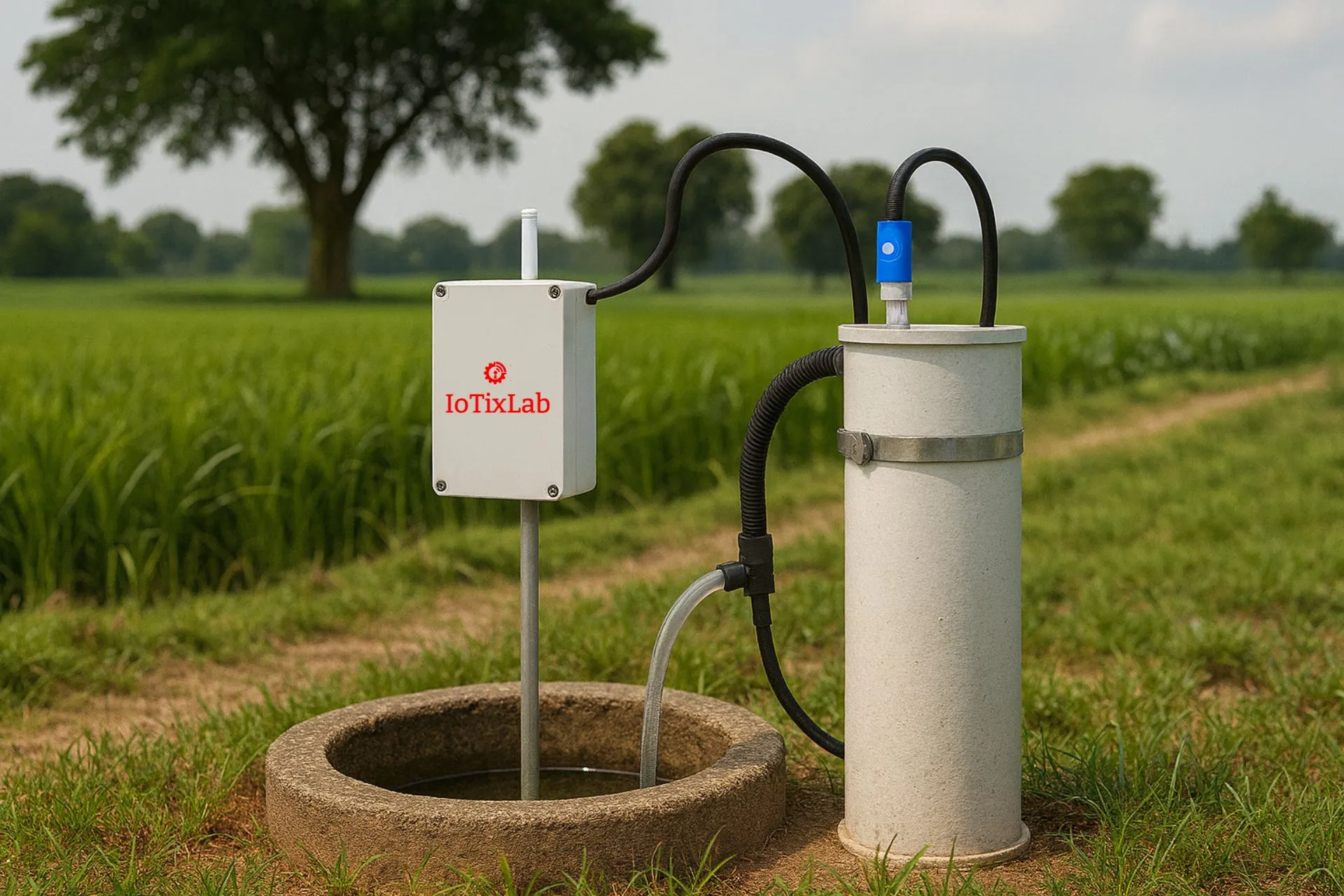
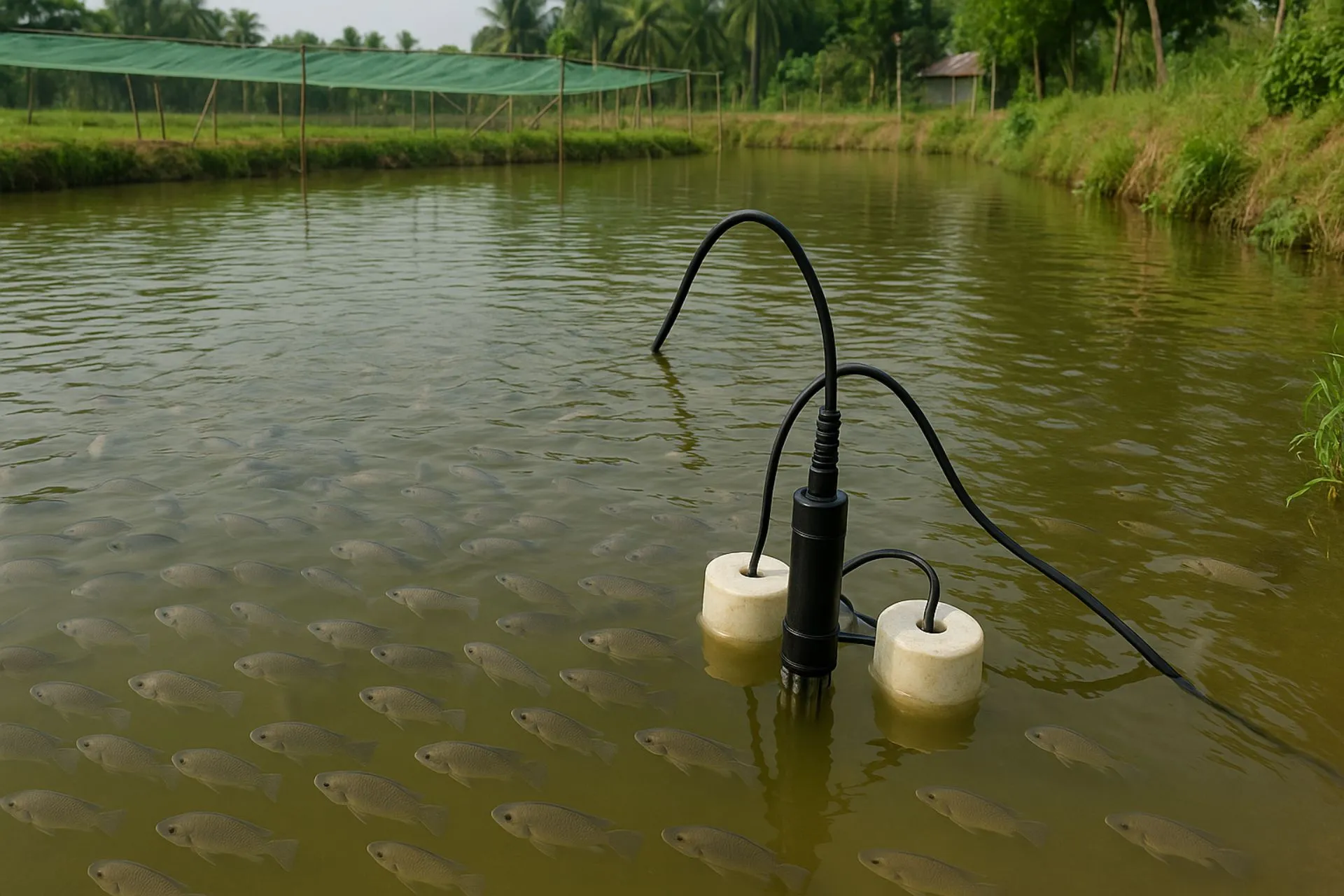
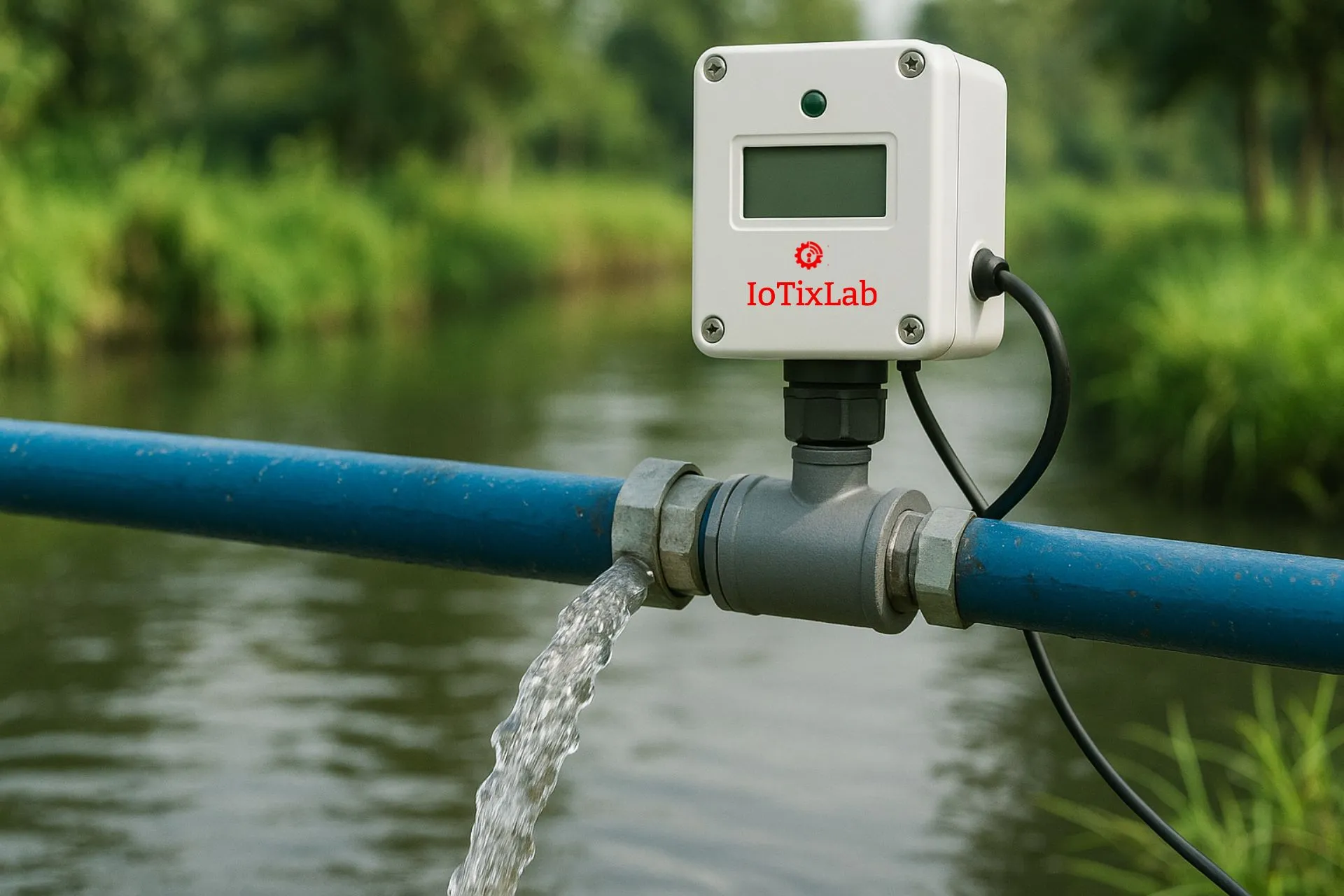
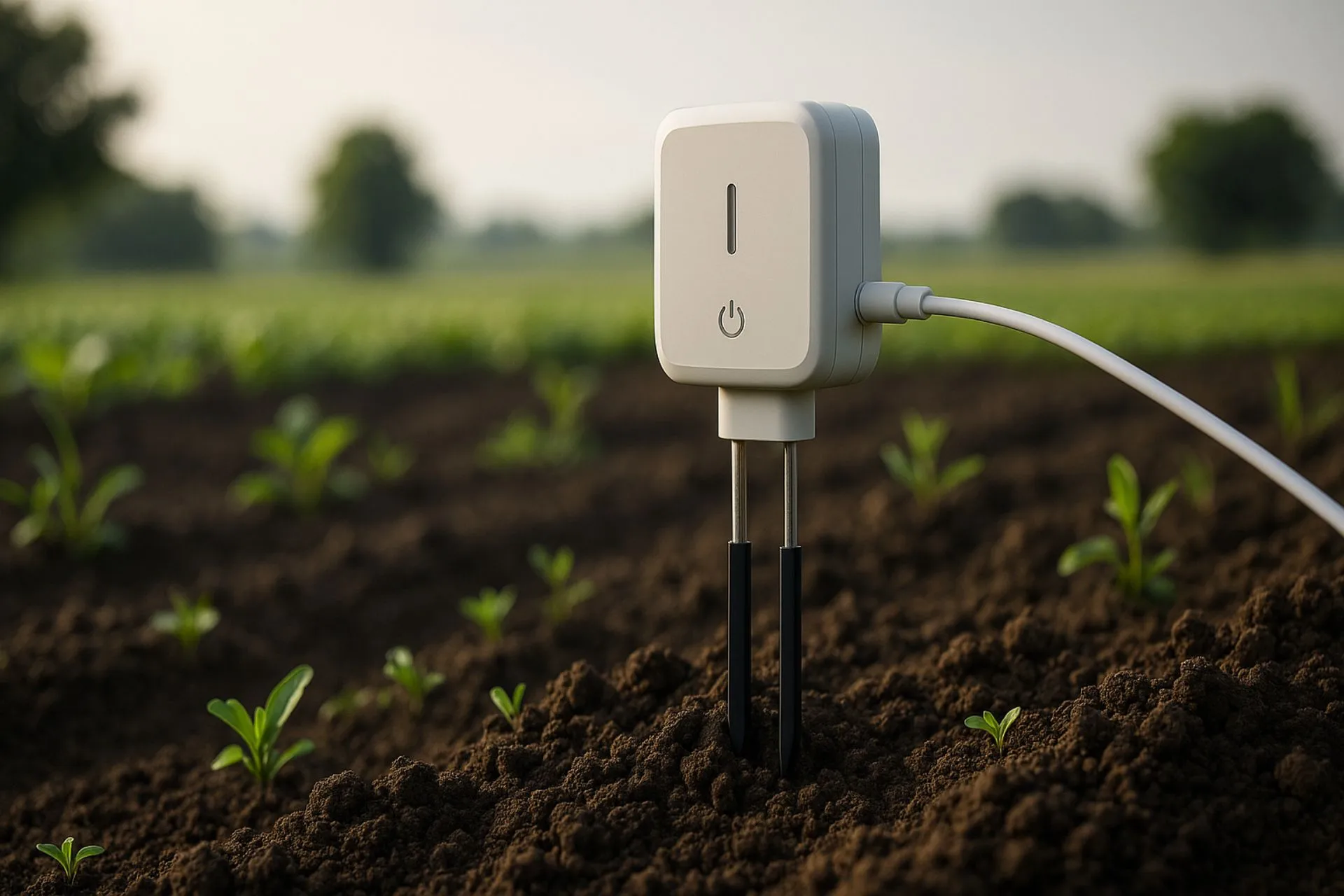
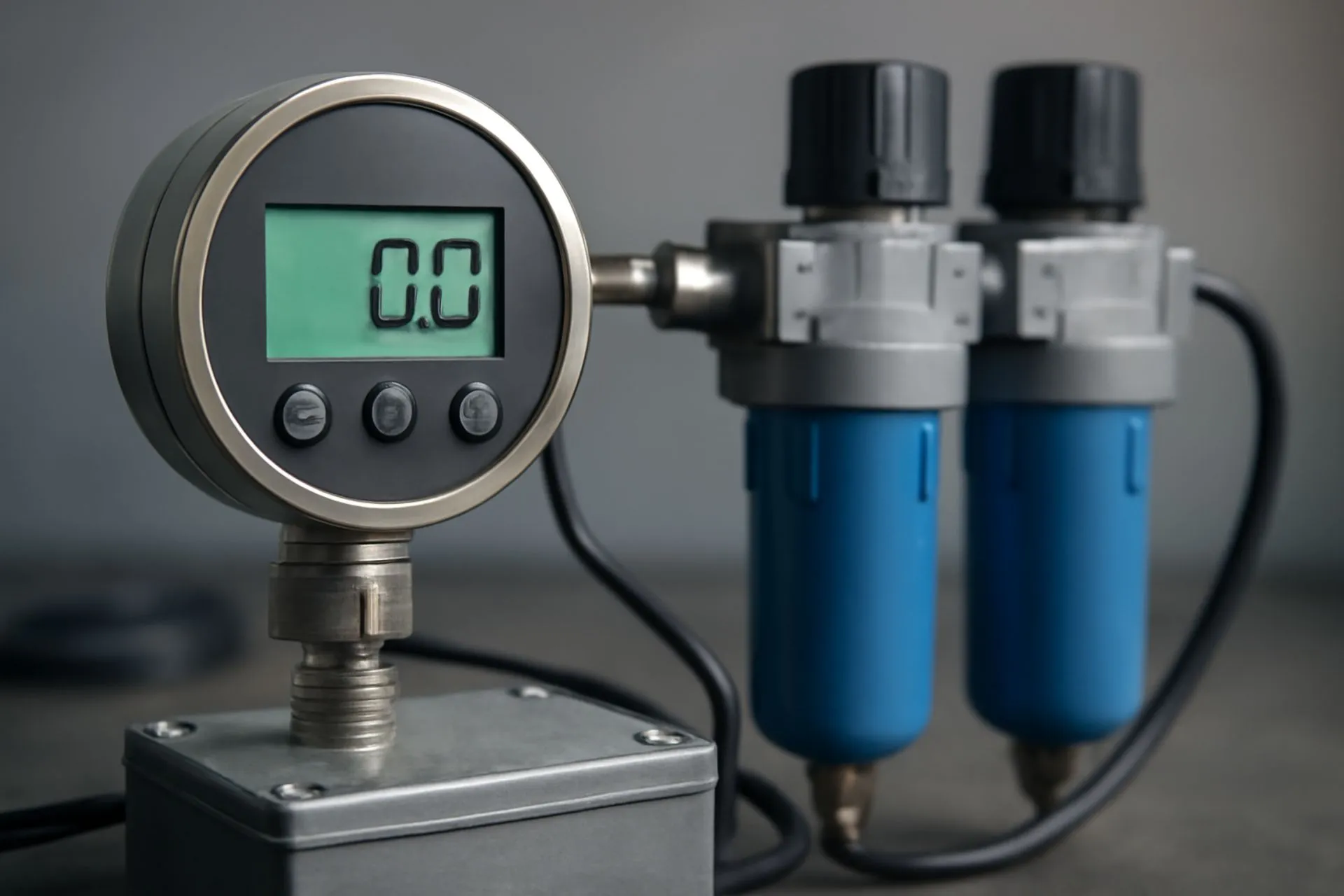
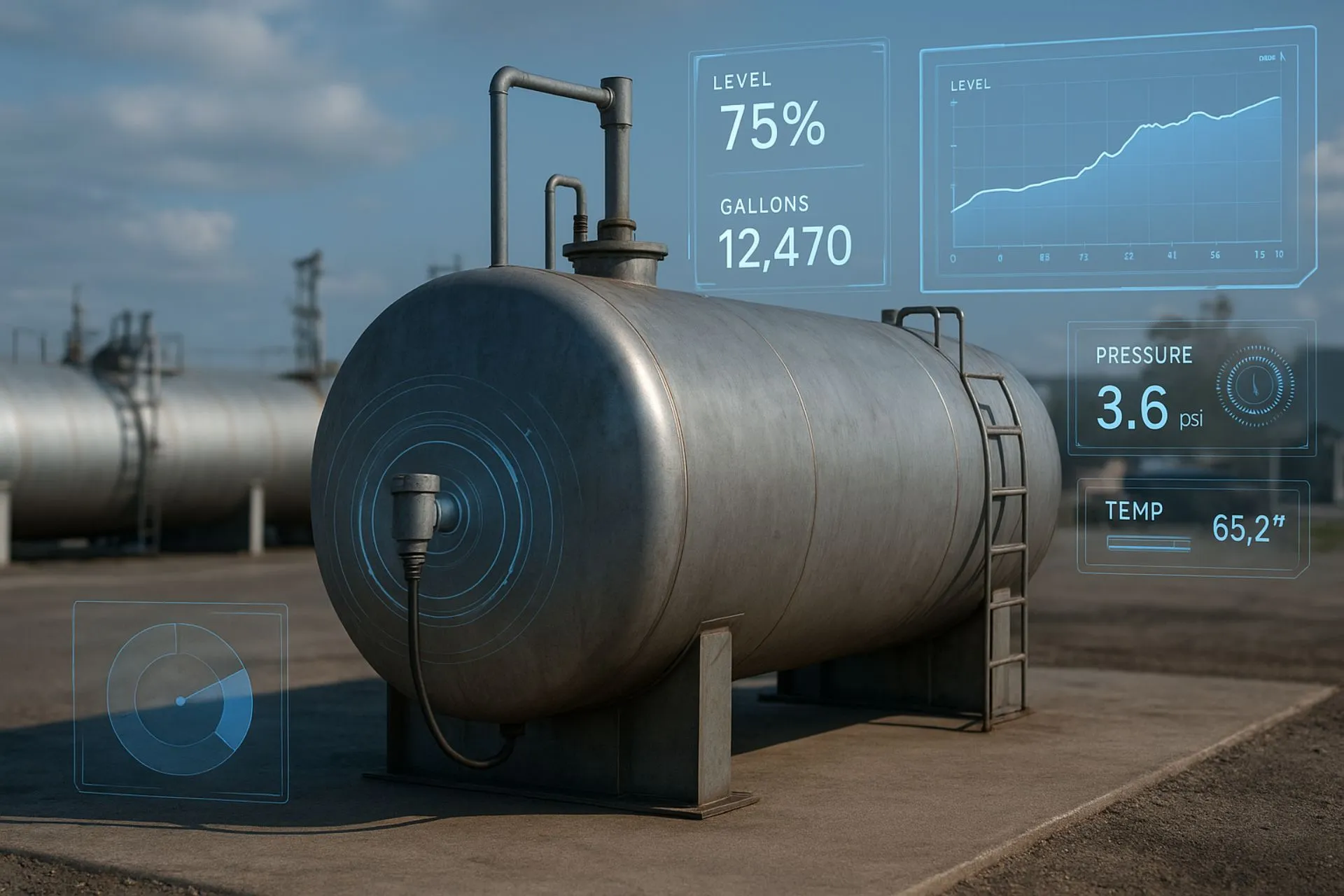
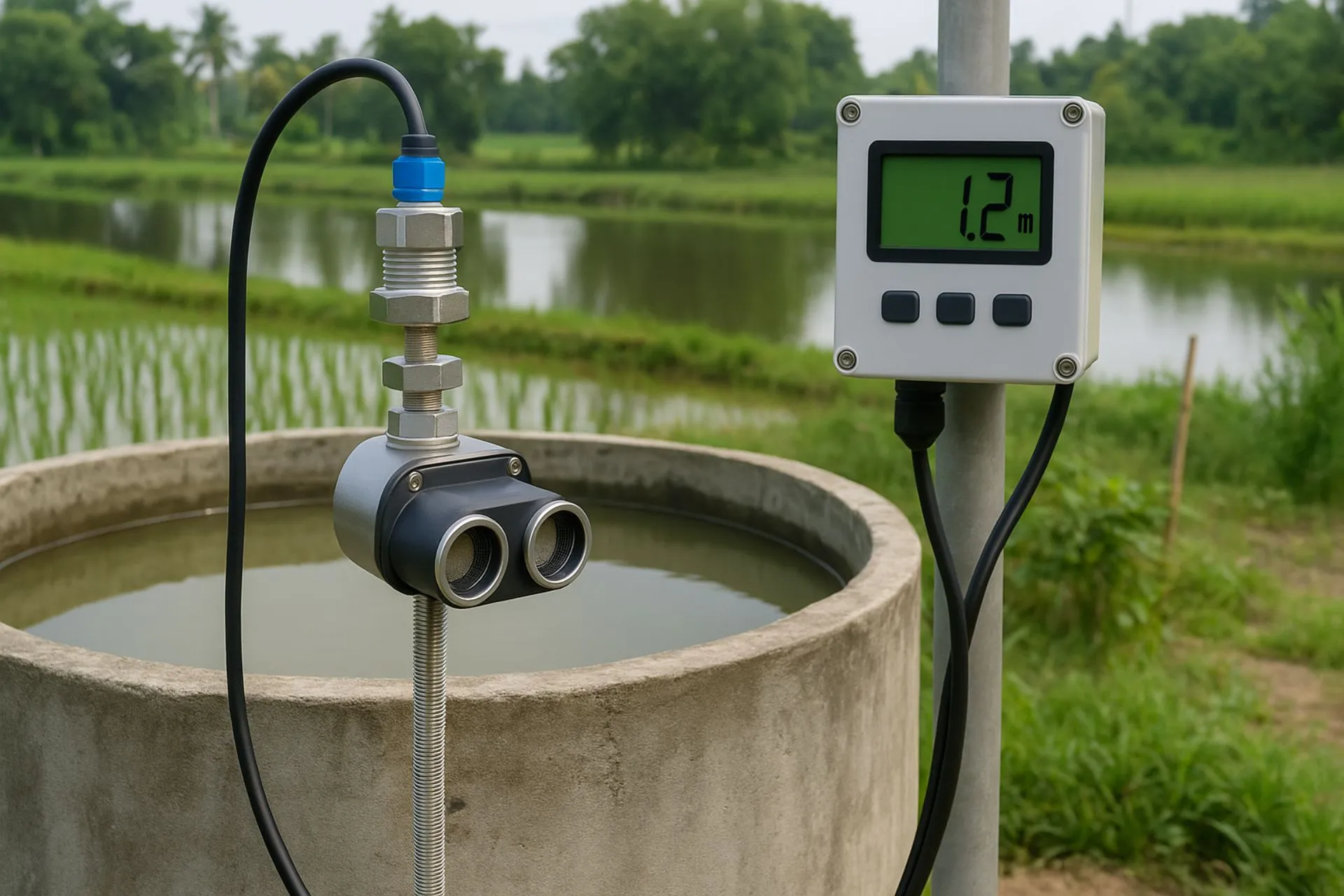
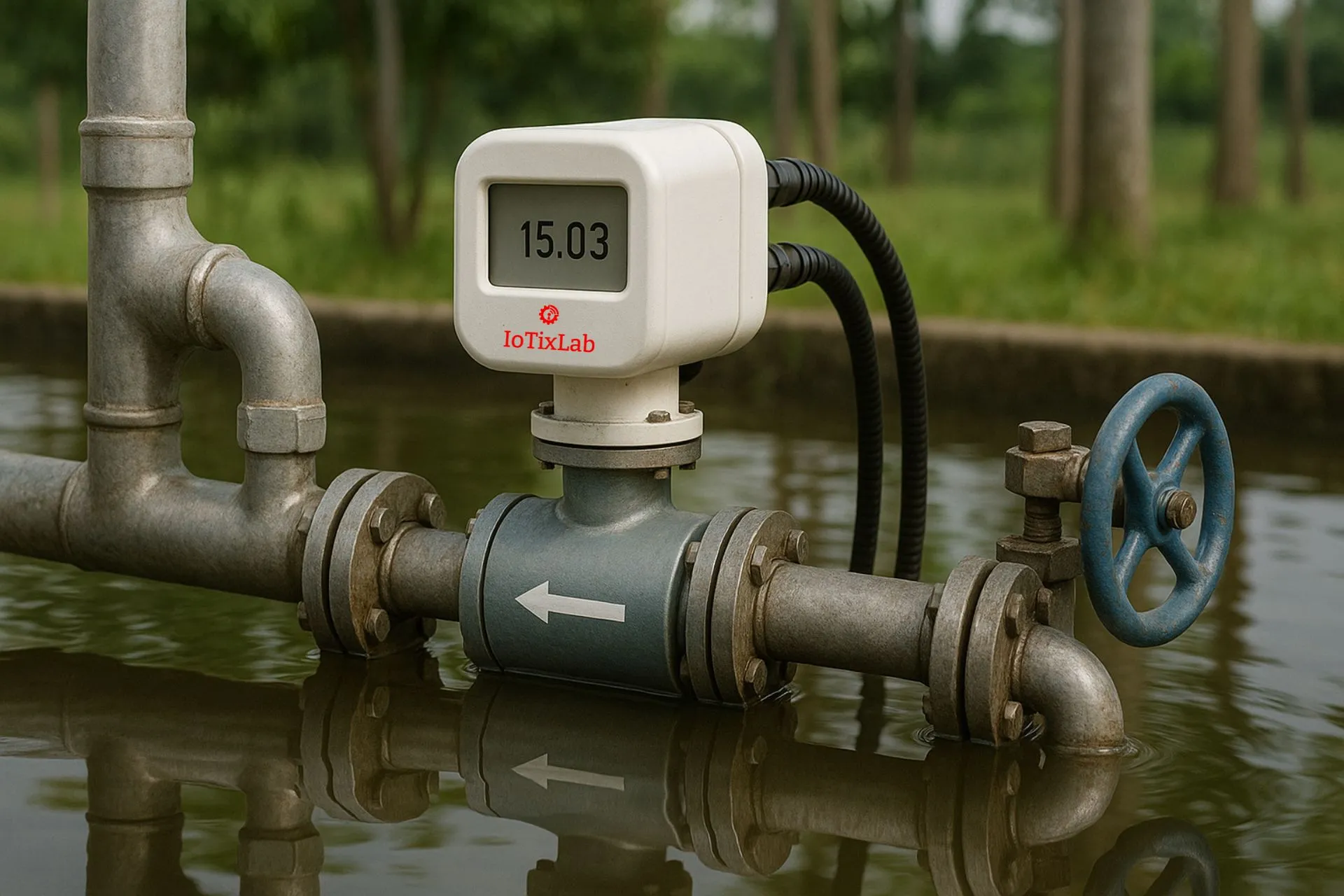
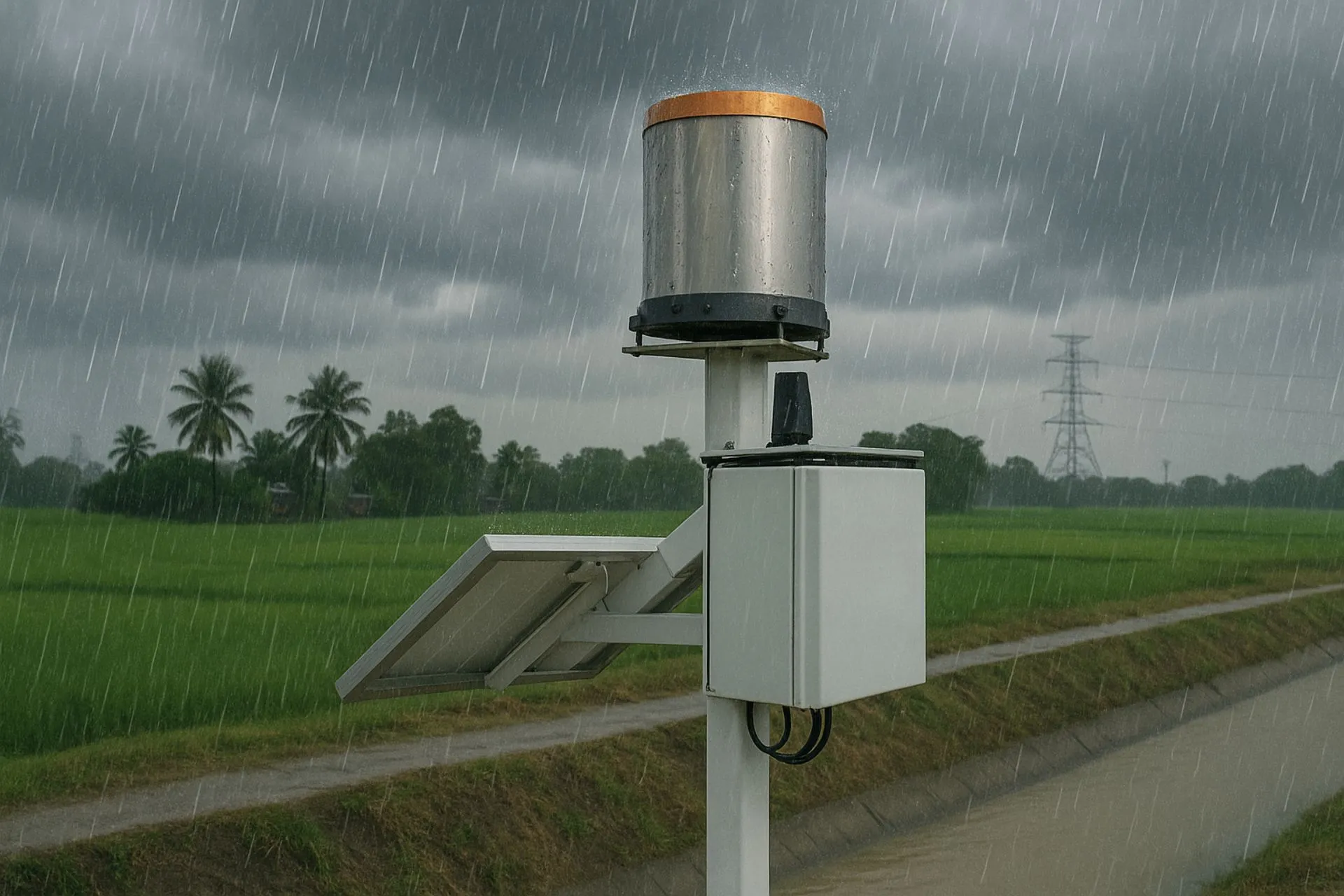
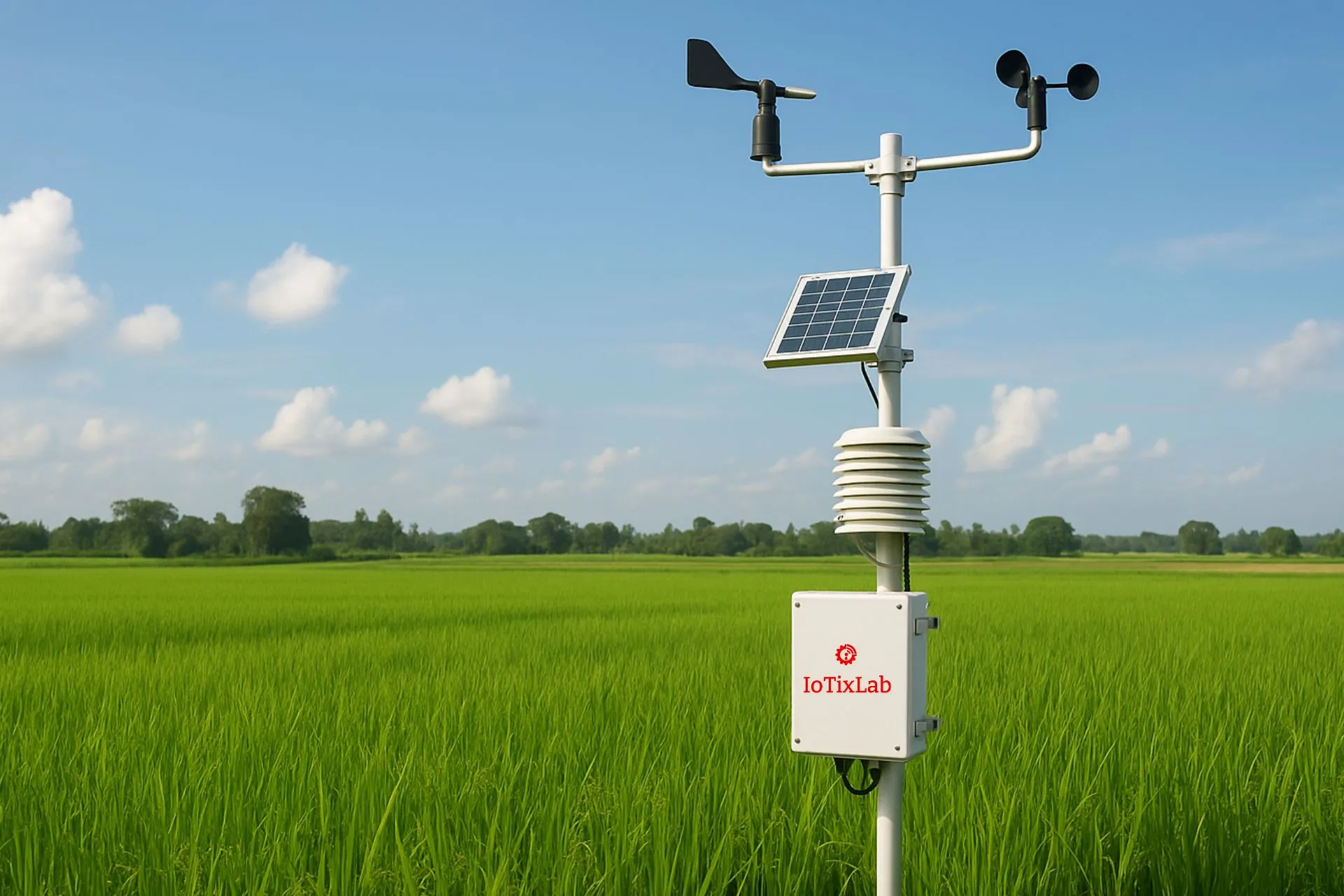
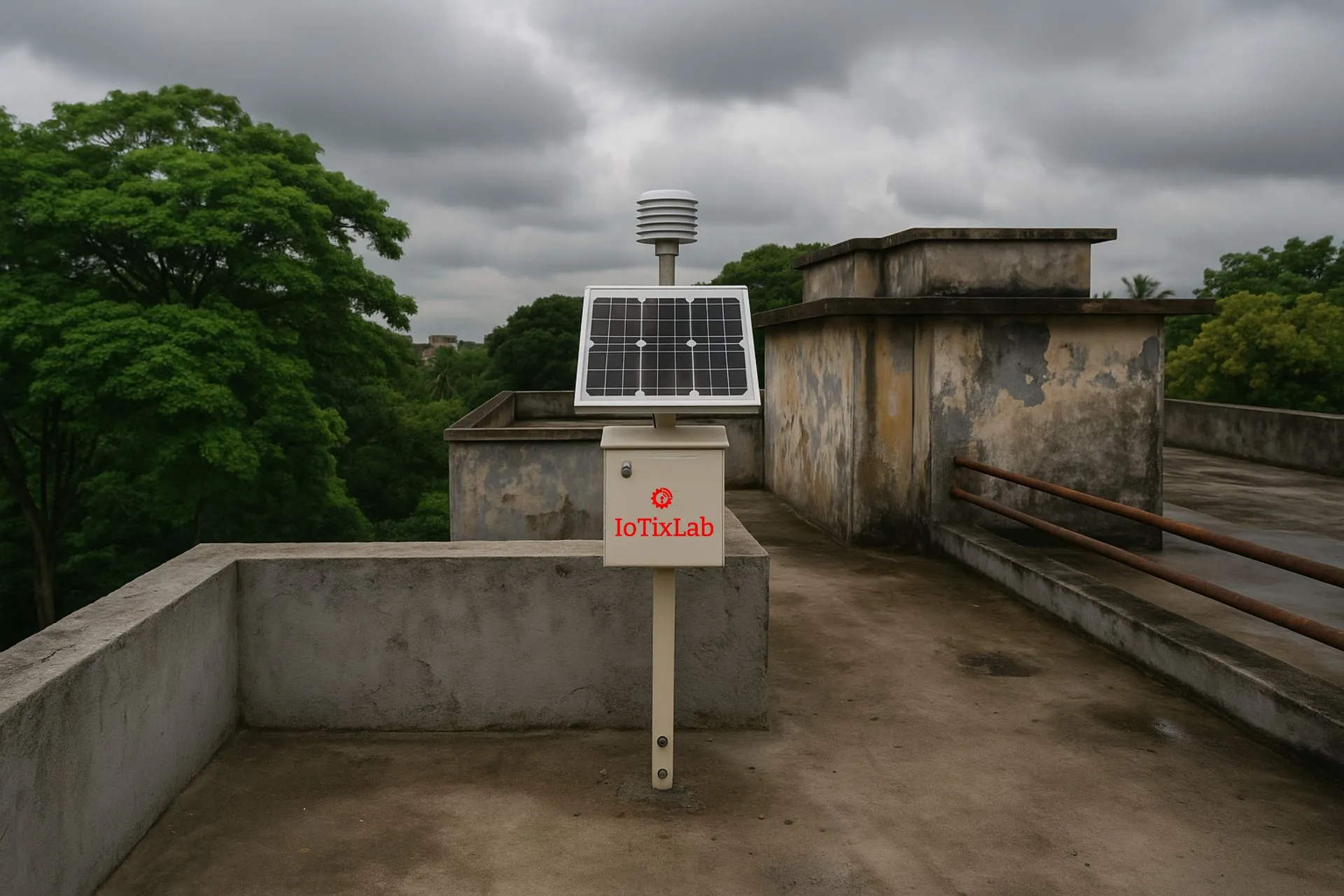
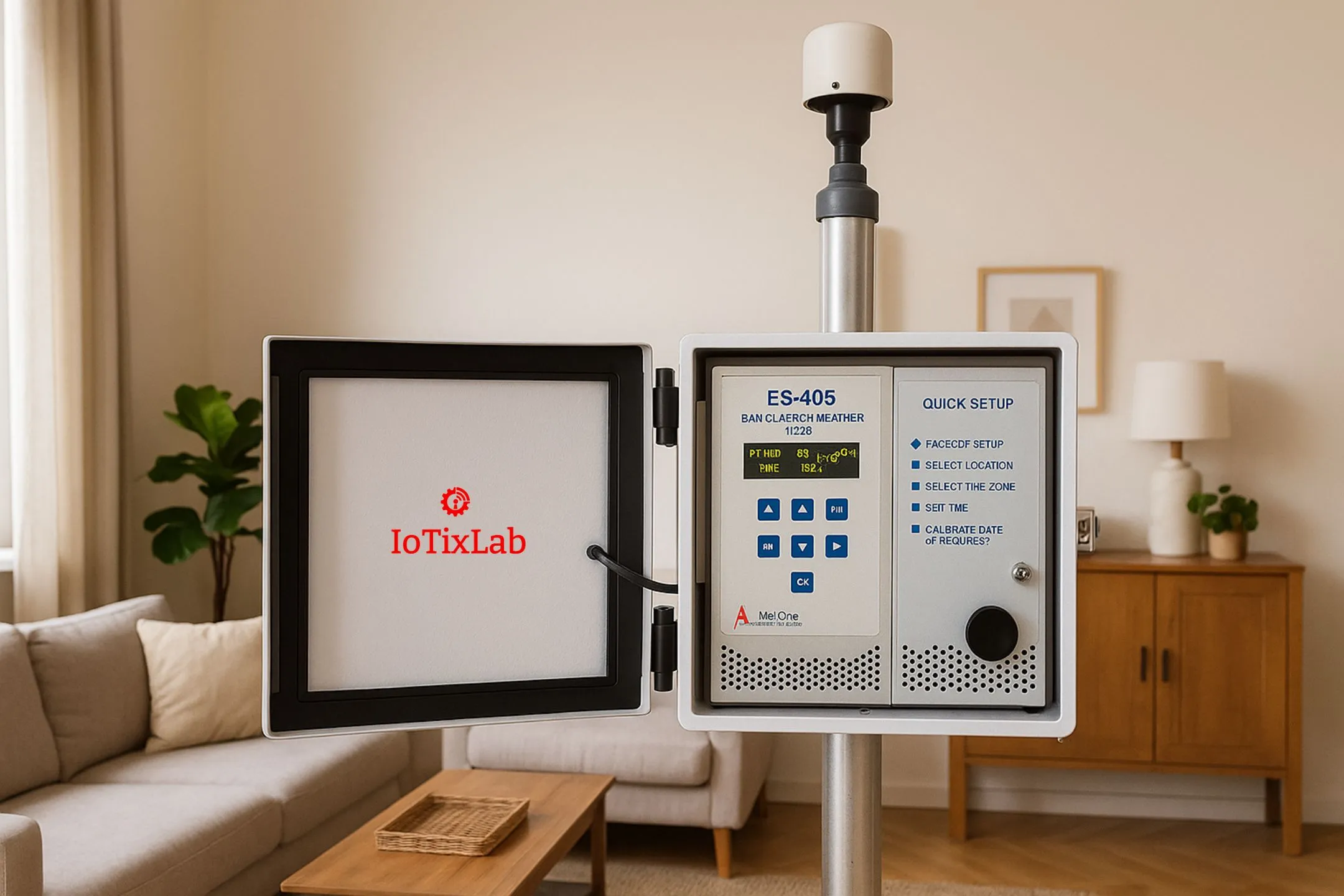
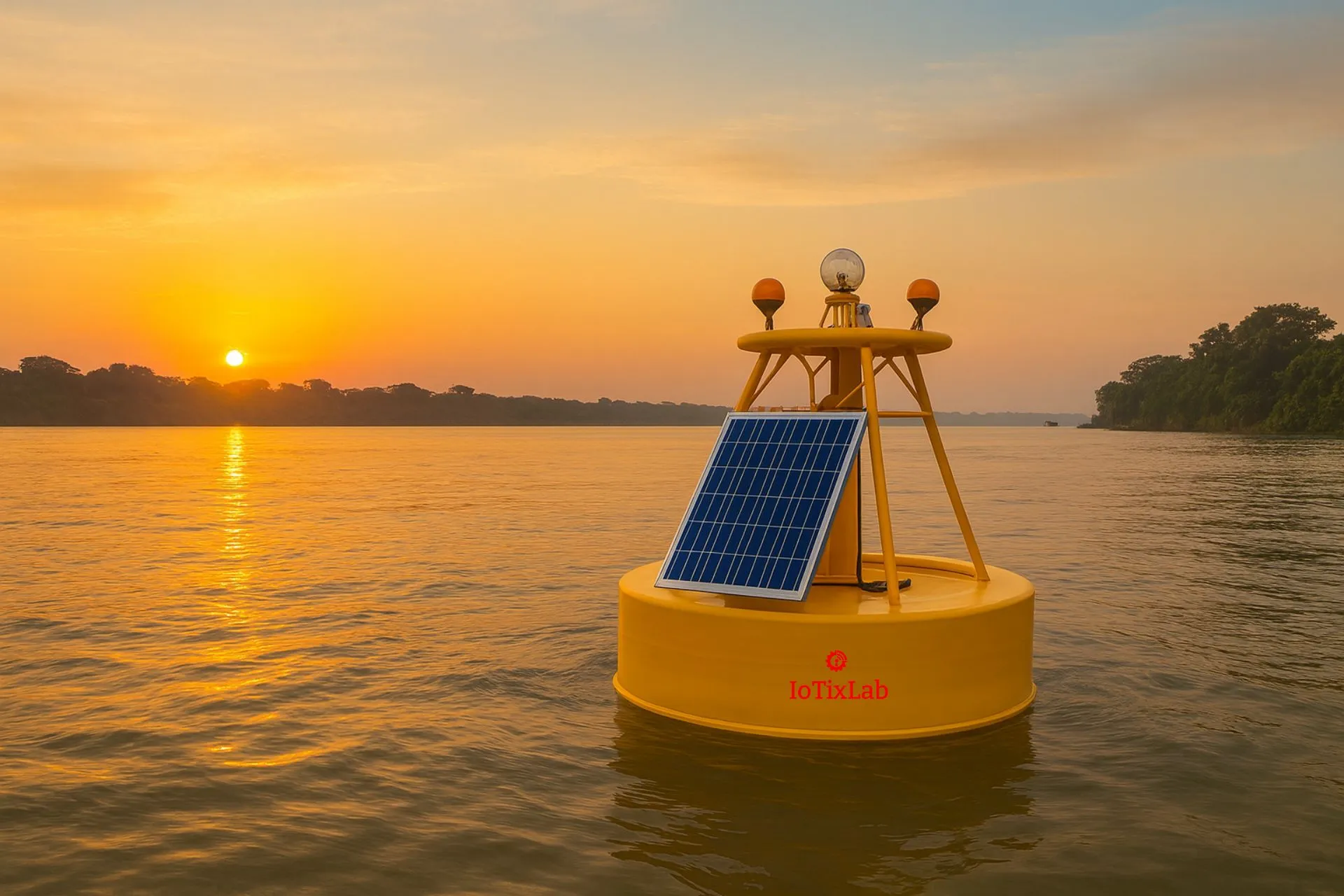
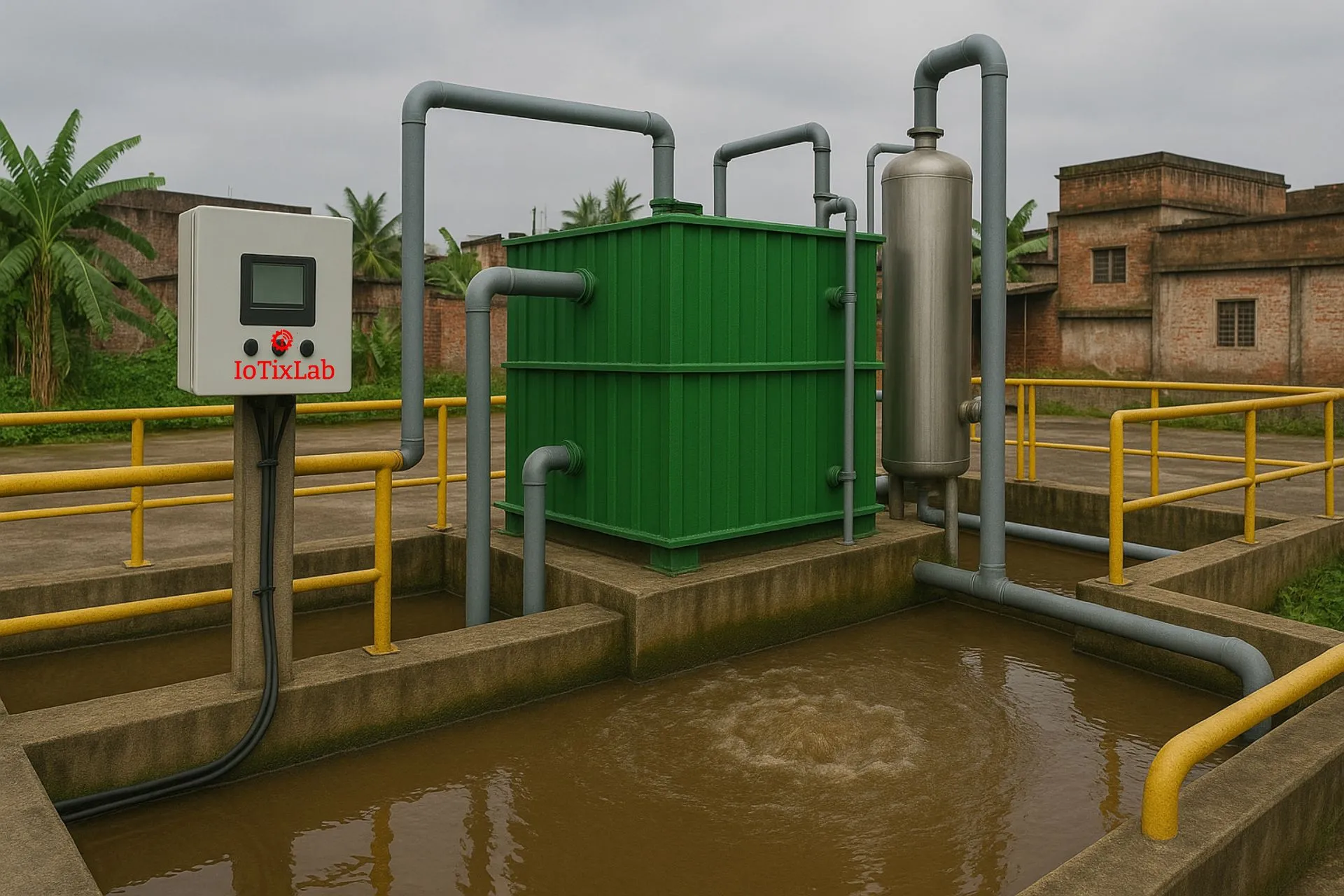
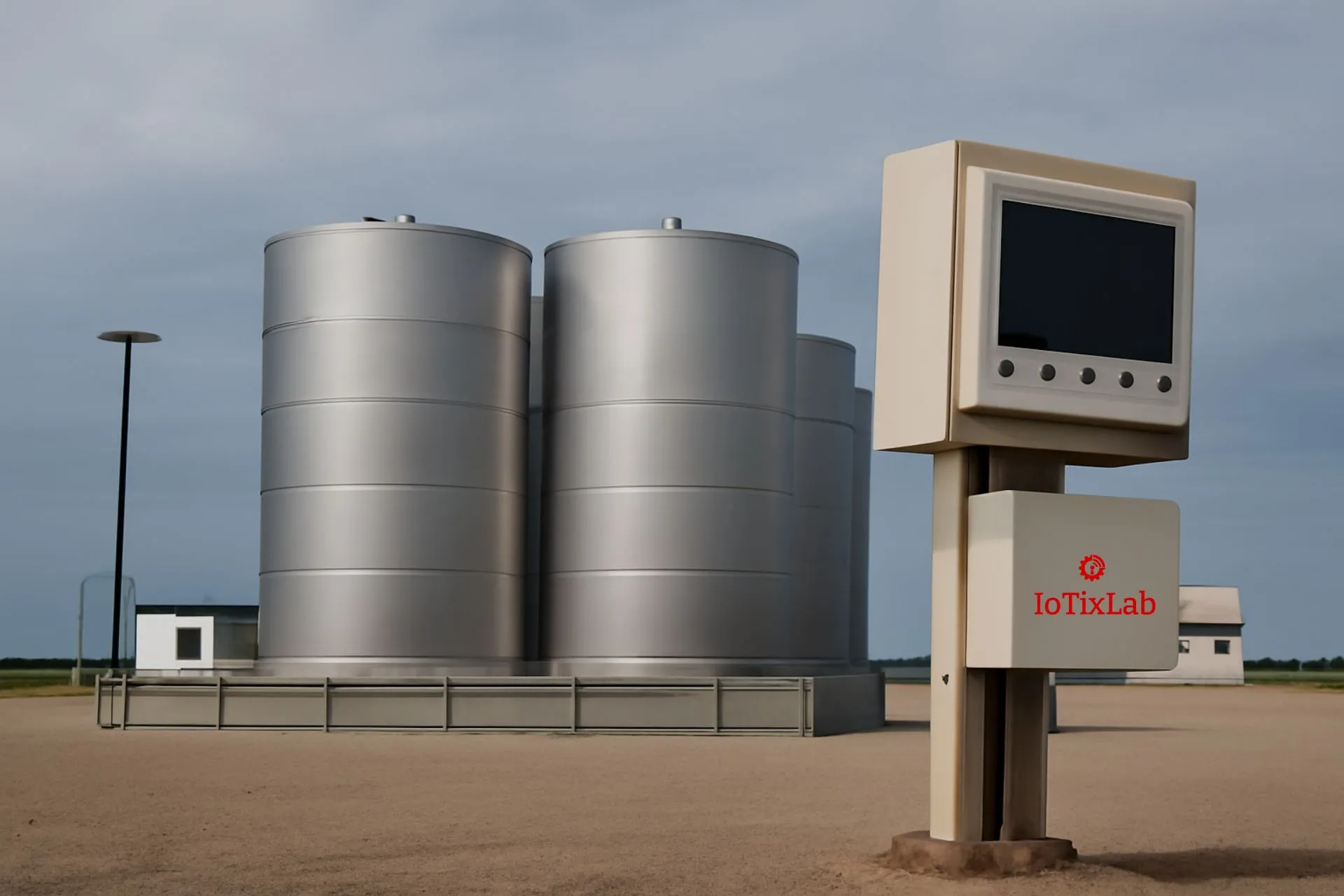
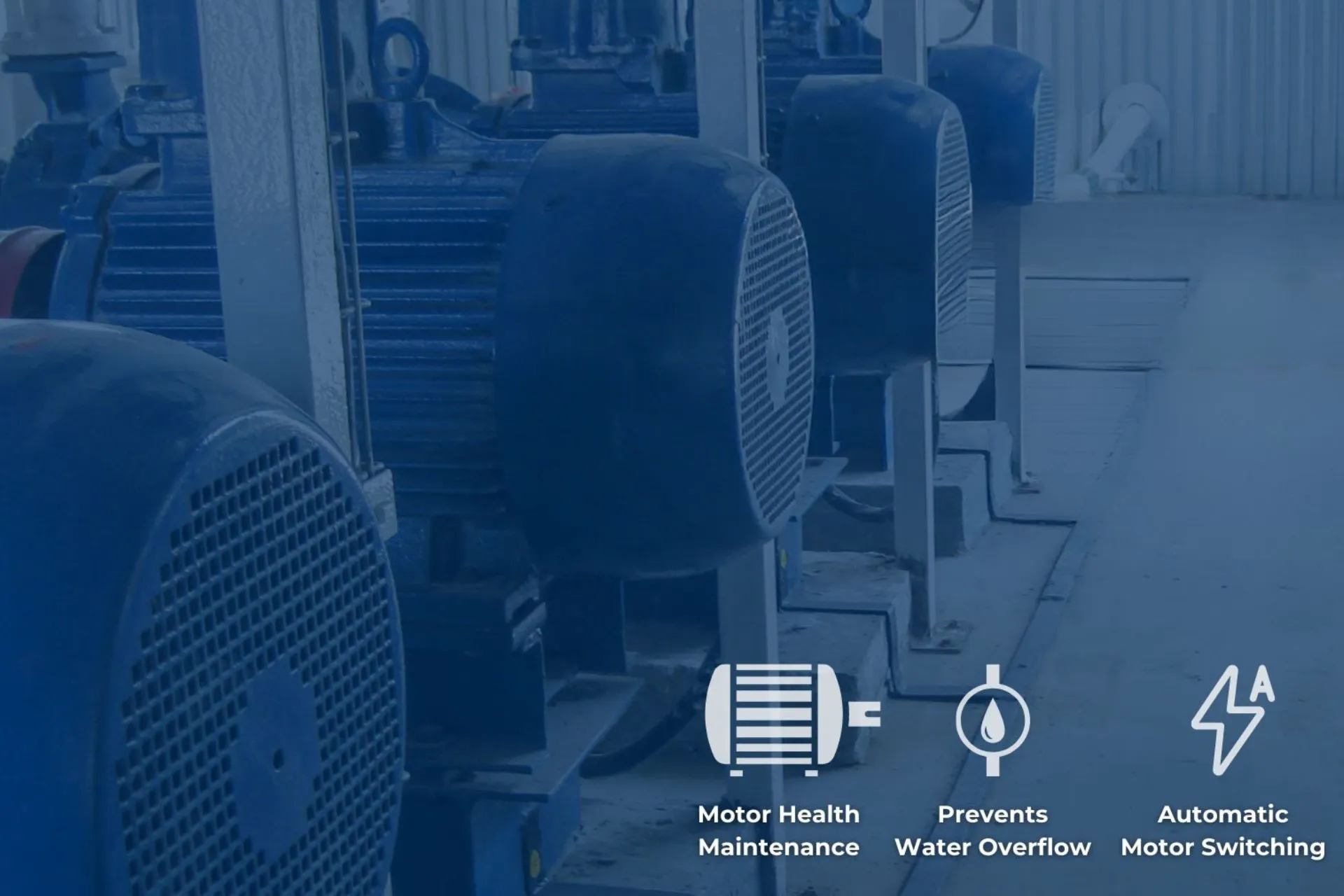
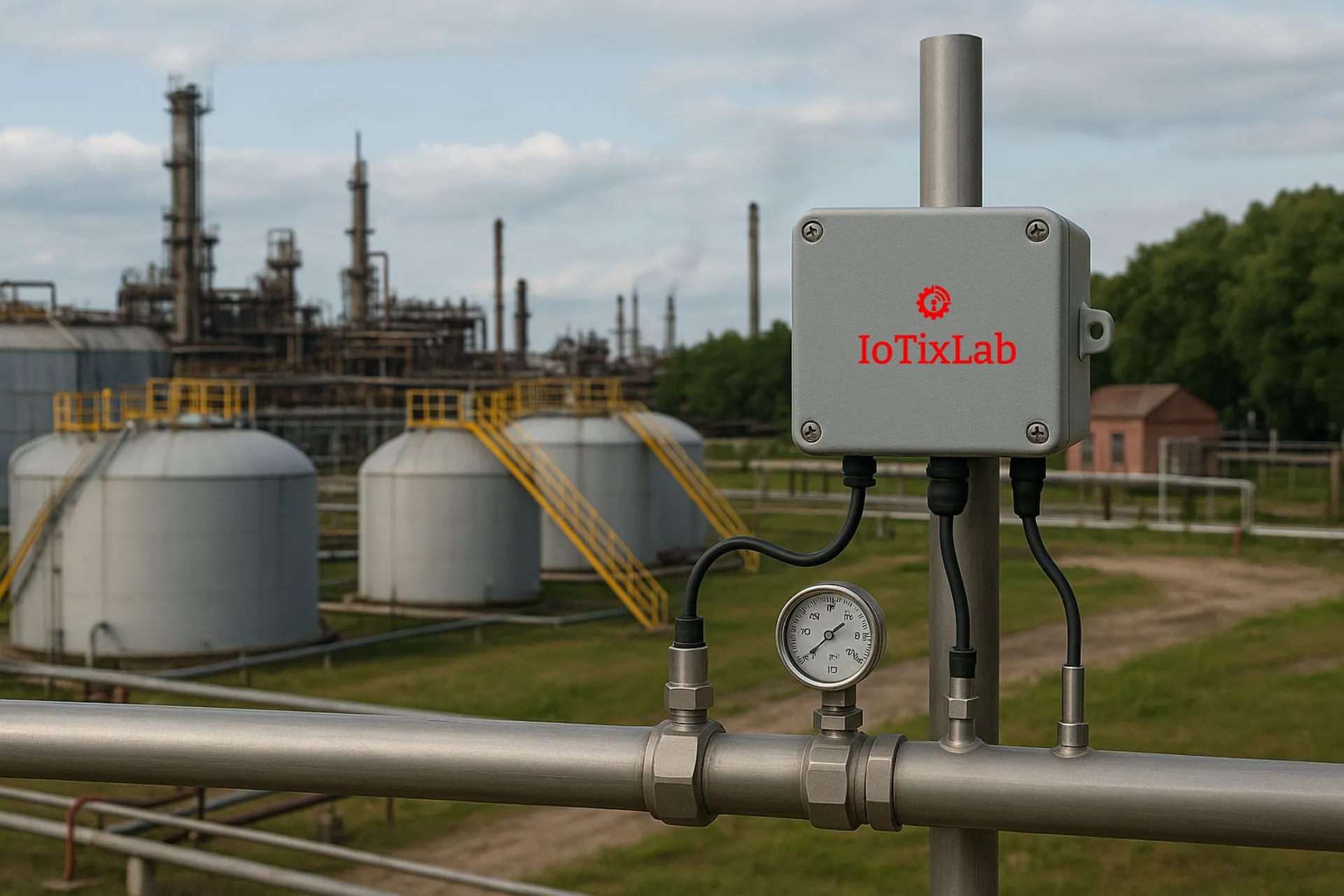
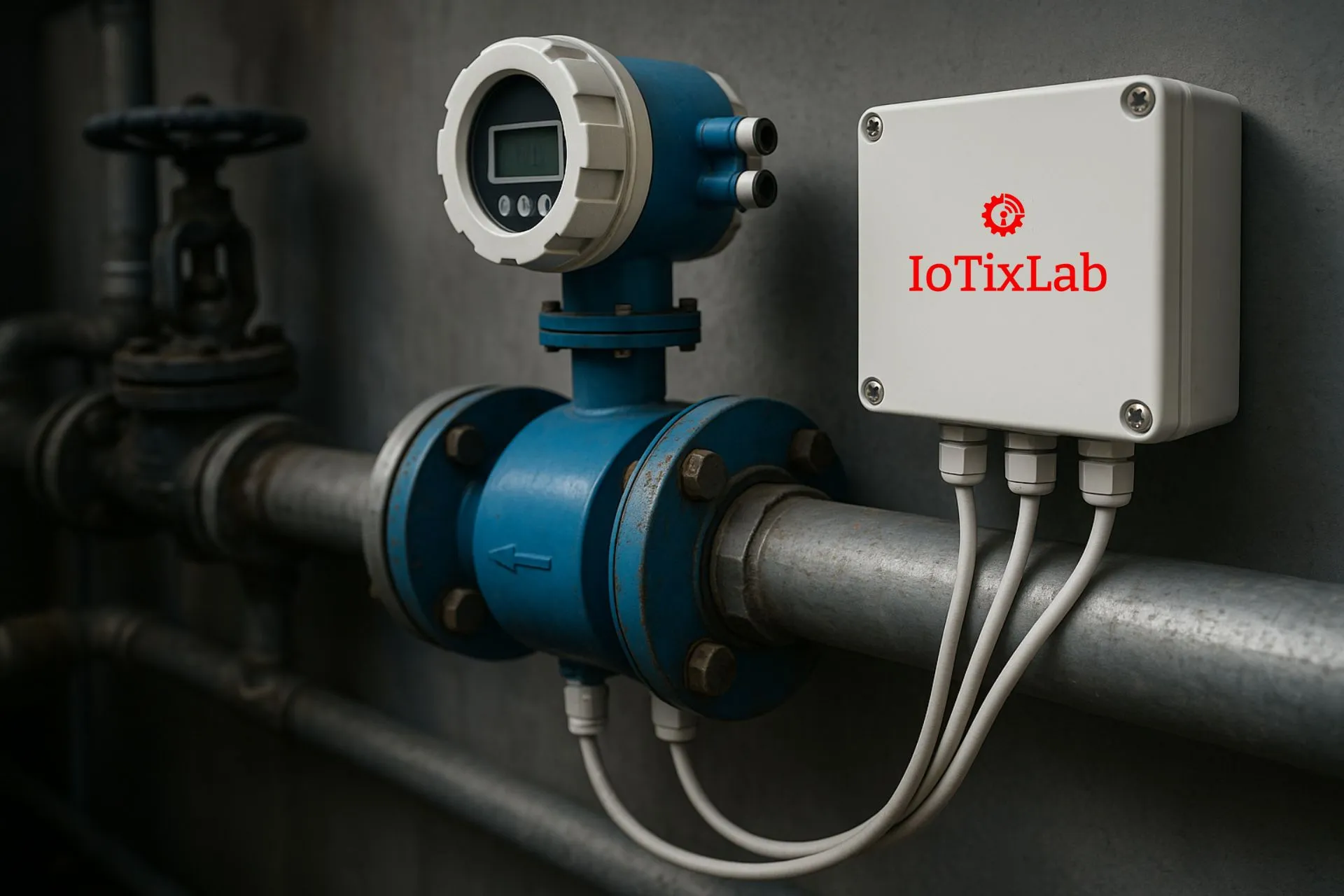
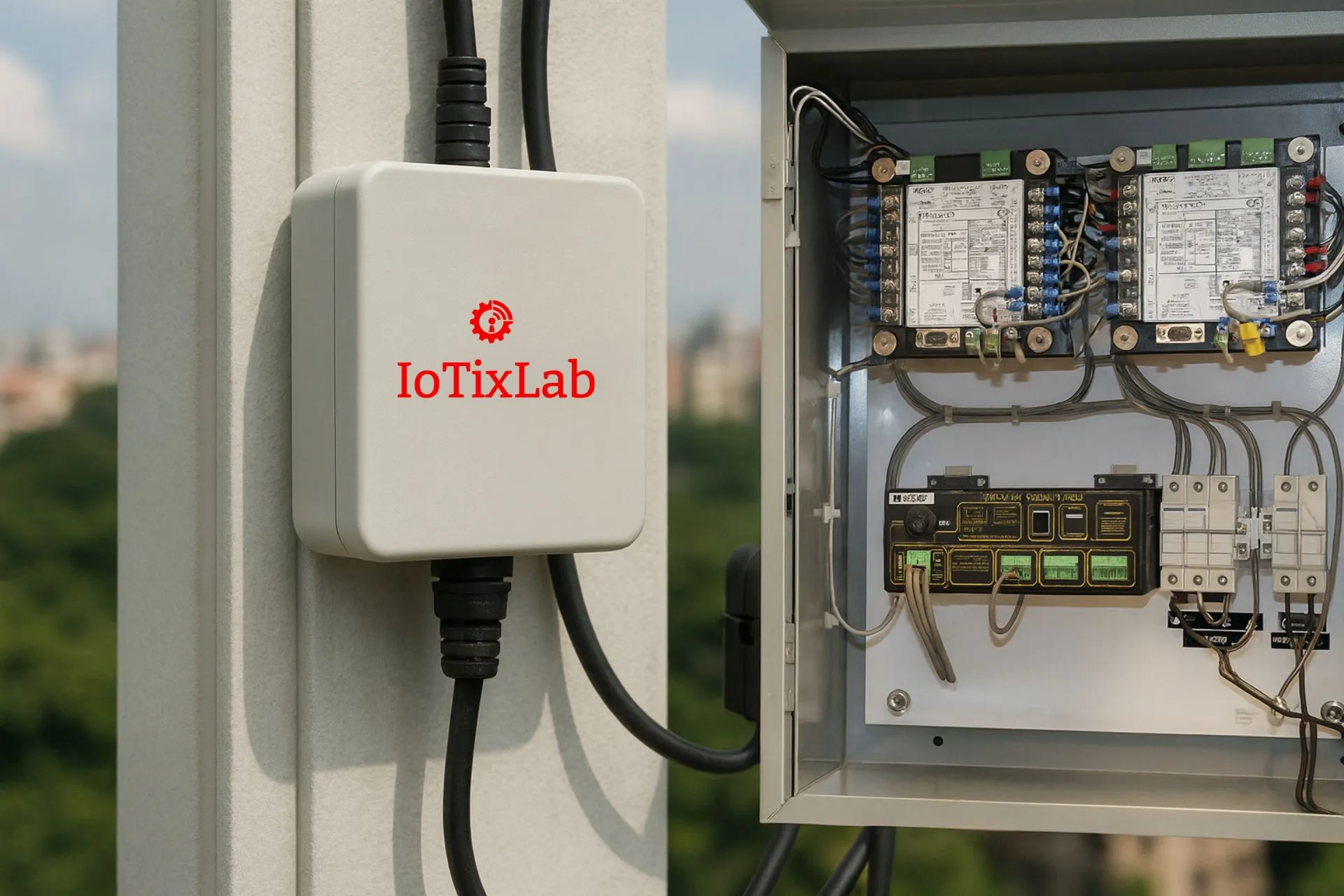
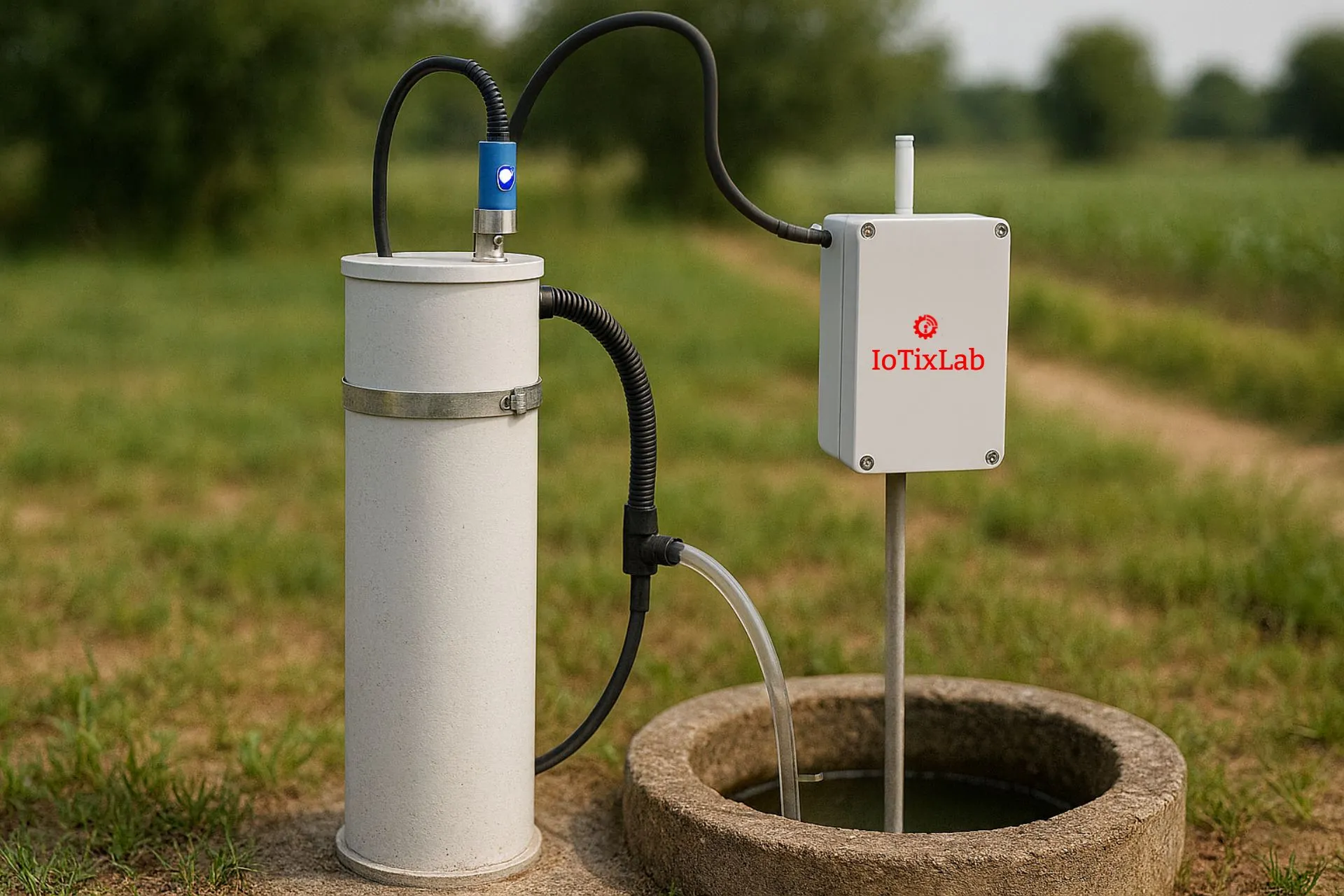
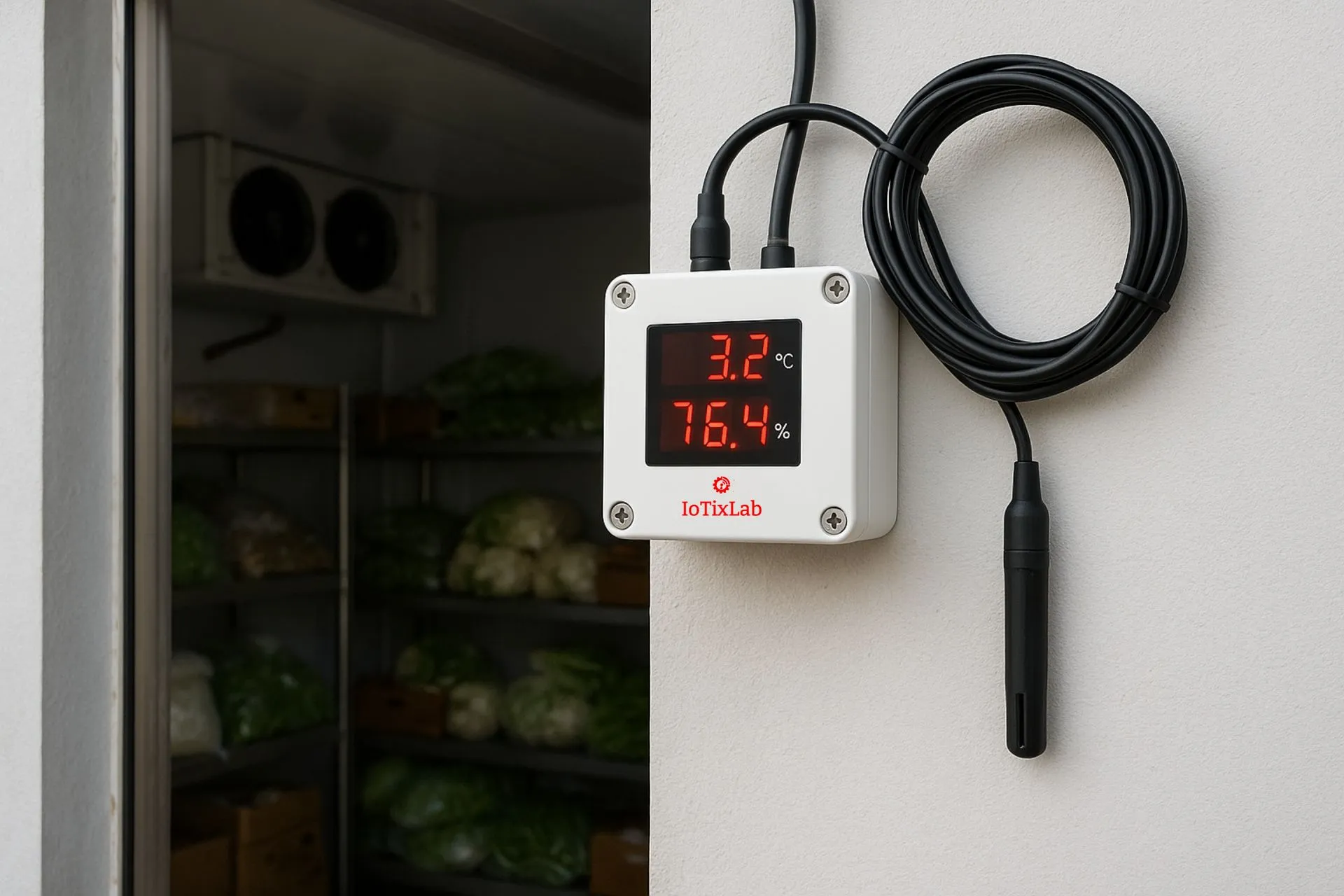
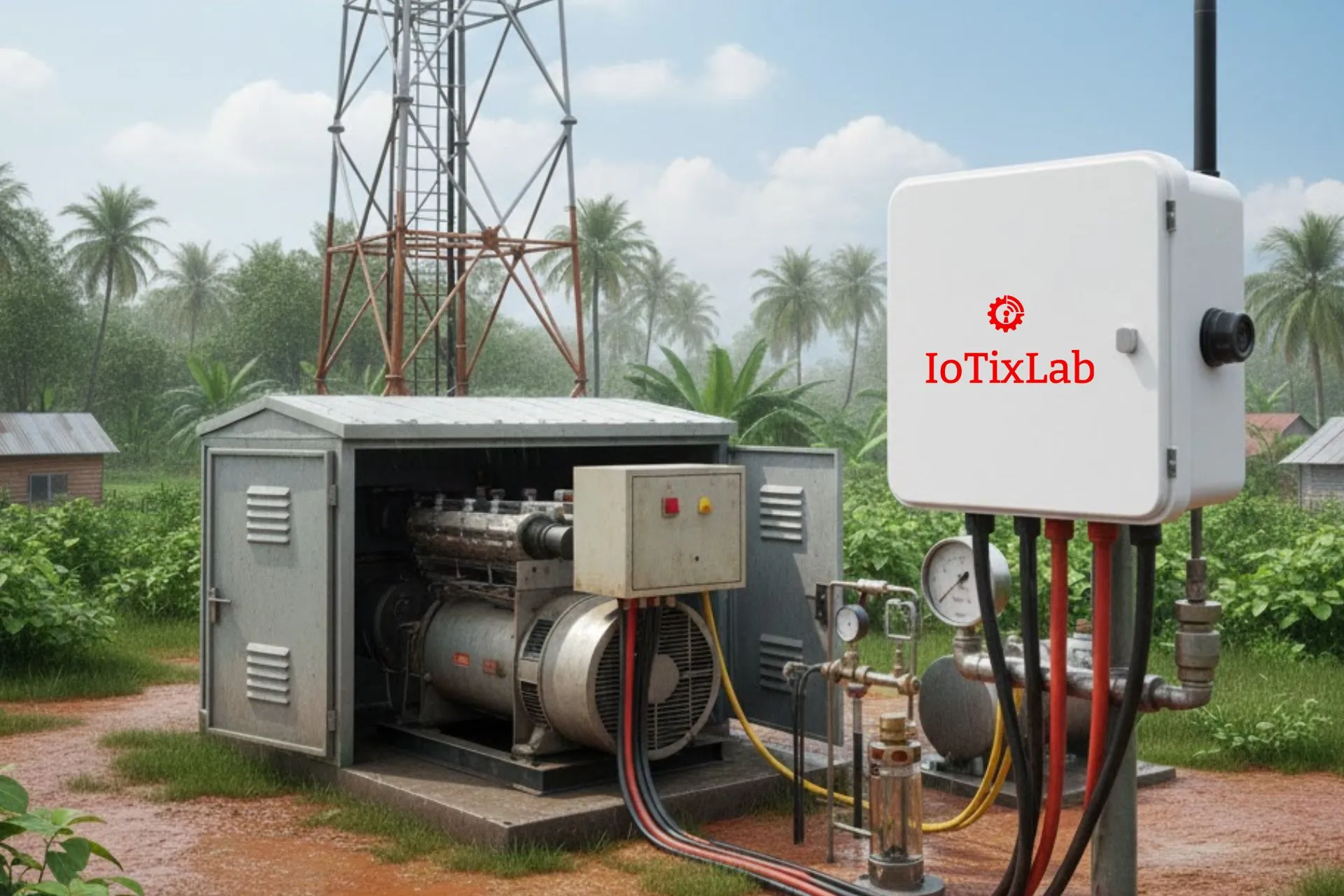
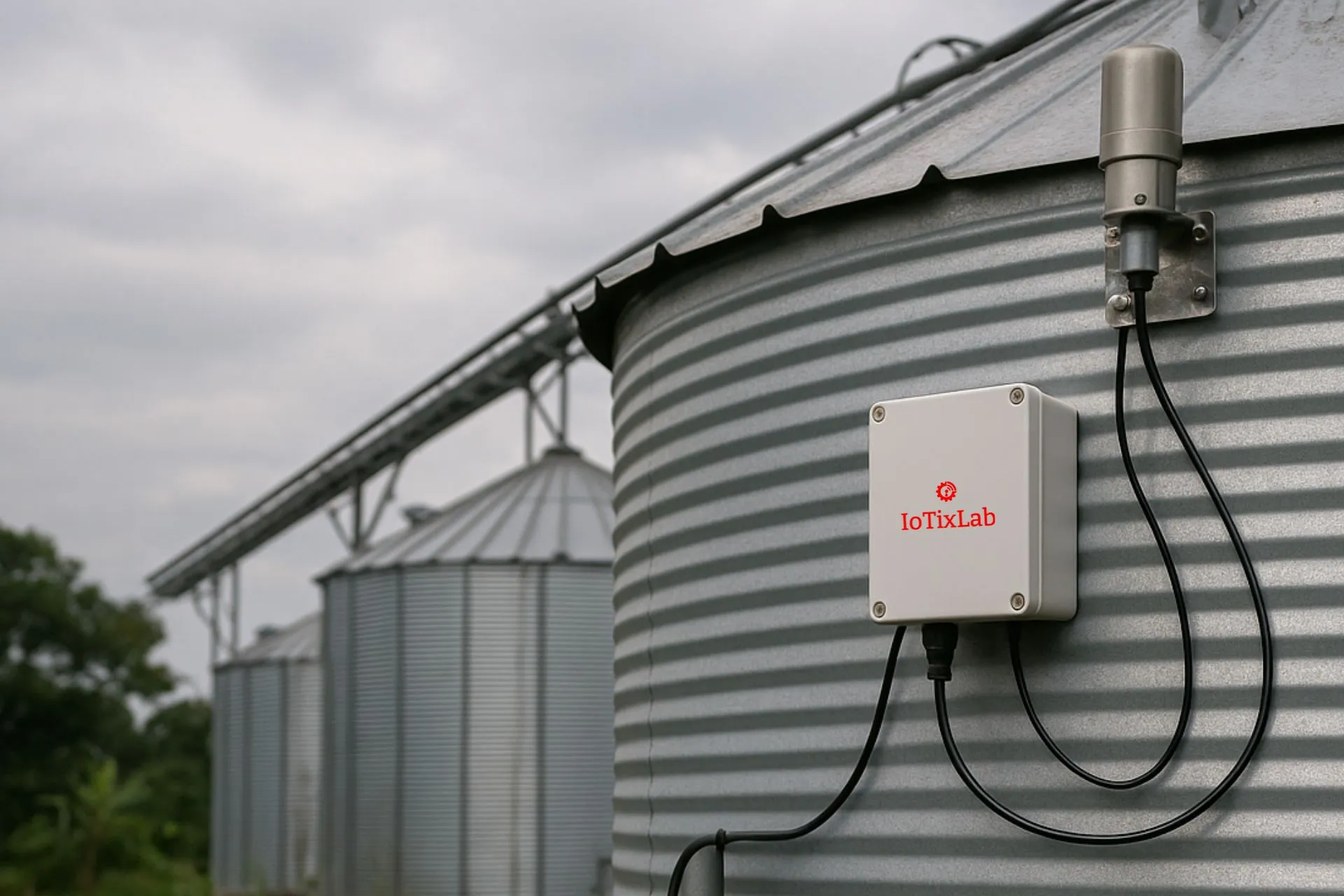
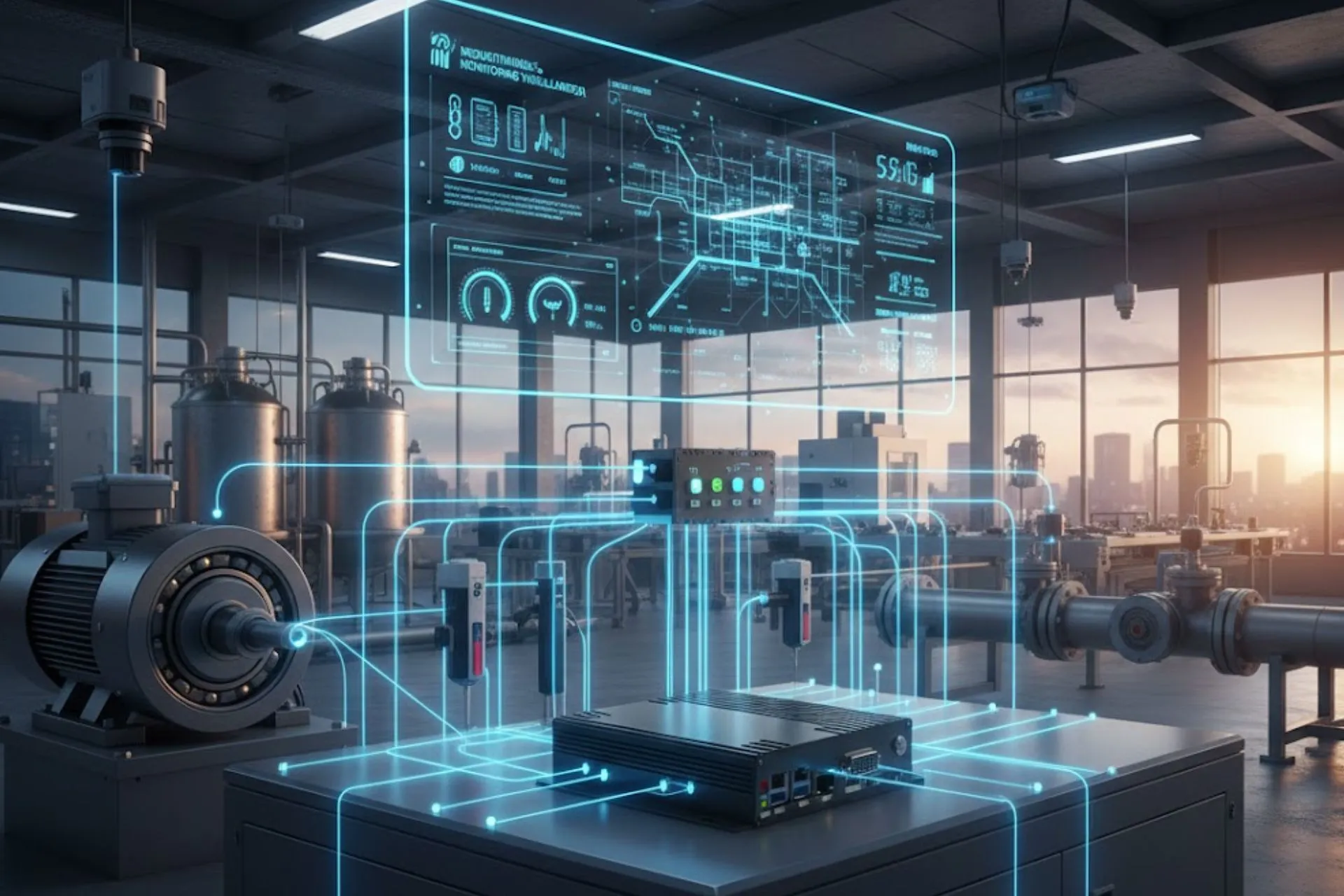

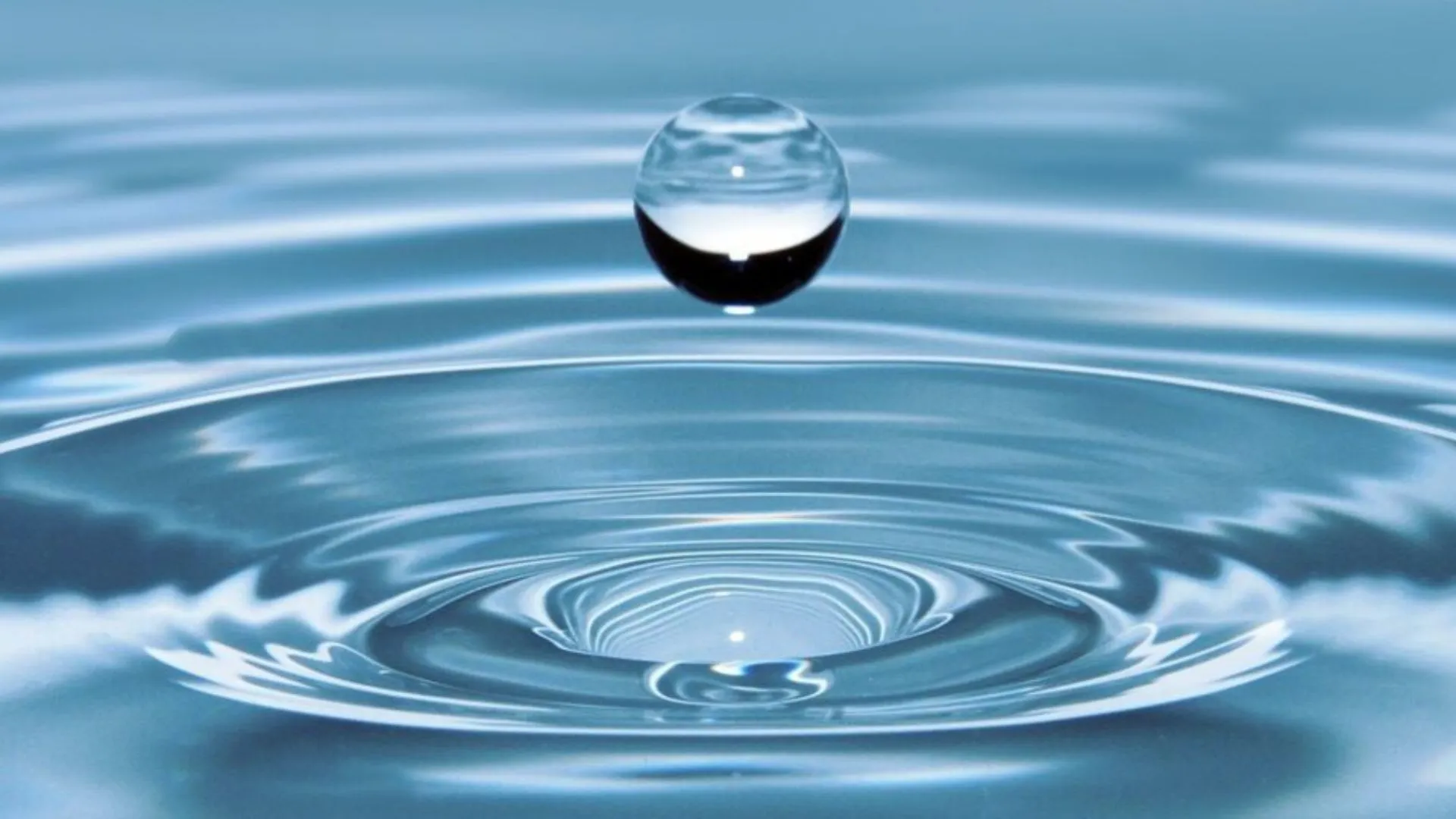
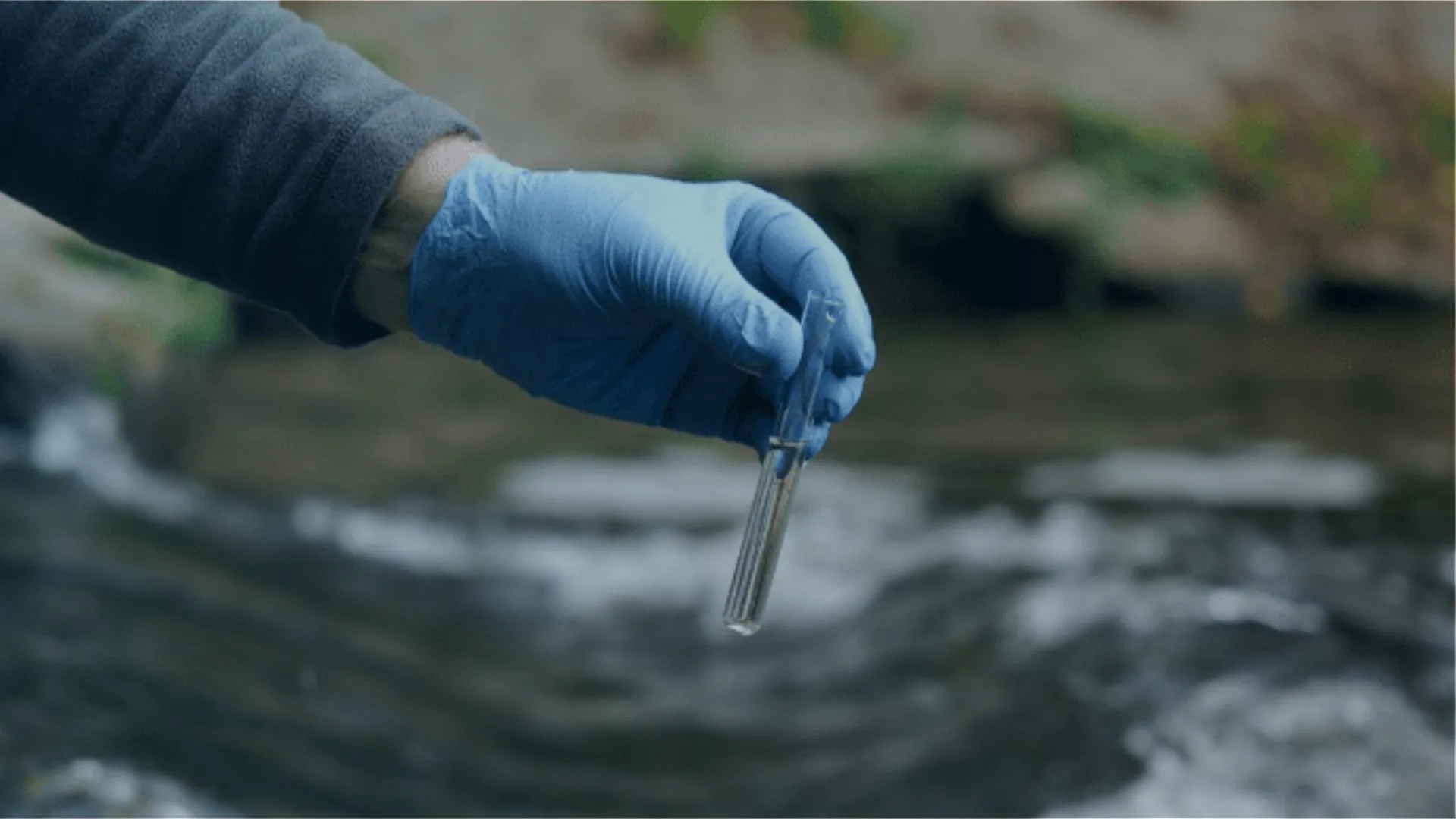
IoTixLab Water Quality Monitoring Data Buoys solar powered monitoring buoy that combines lightweight portability with....
Water Quality Monitoring Buoys